Asia Pacific has retained its position as the region with the largest HNWI population globally. Naturally, luxury brands, and particularly luxury travel brands, are eager to tap into the growing purchasing power of Asia Pacific’s millionaires. Understanding the consumer and their changing behaviour is key to this, which is why we’ve partnered with Agility Research & Strategy to uncover critical insights.
Through interviews with close to 3,000 affluent respondents across China, Hong Kong, Japan, South Korea, Thailand, Malaysia, Singapore and Australia, our latest report will explore:
- Perceiving luxury and necessity
- Destinations on the horizon
- Travel behaviours and demand
- Brand expectations
- Future trends
Discover what the above means for your brand by downloading the report below.
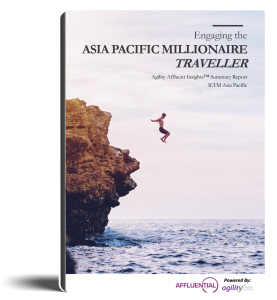
Looking for similar reports? Check out Luxury Travel, but Not as We Know It brought to you by OgilvyRED and ILTM.


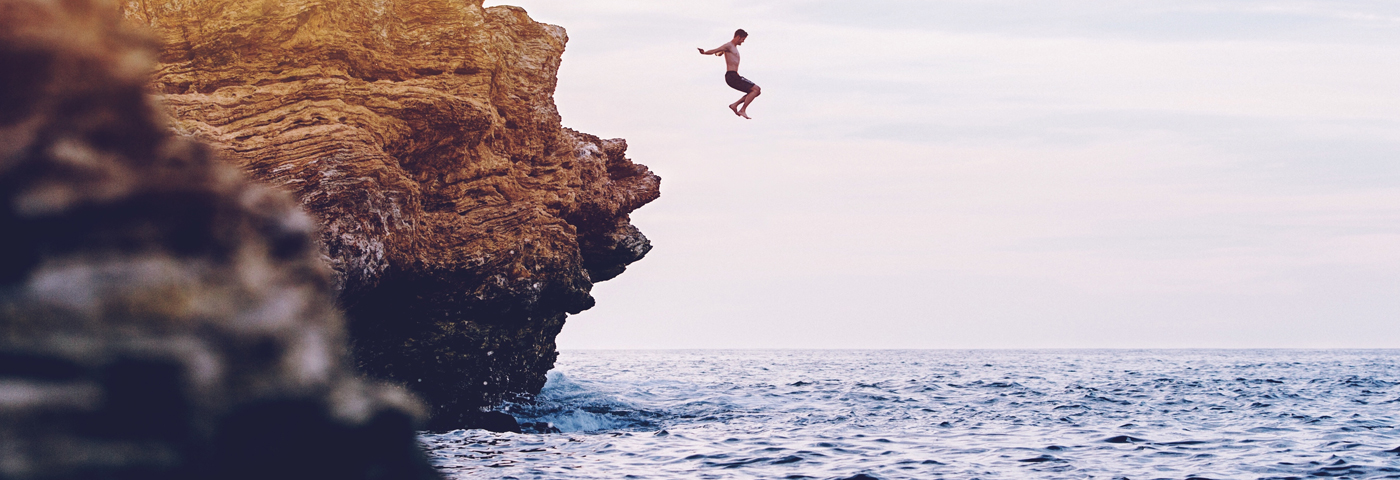


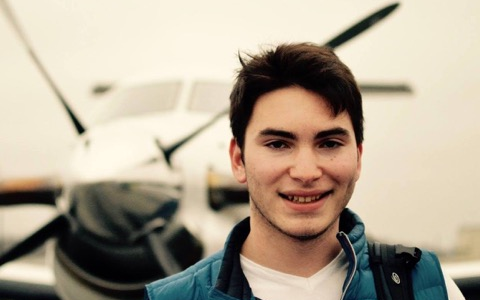

 “If a property or destination has great environmental practices, this is something that clients will use to validate a decision to stay somewhere, after they’ve already decided, rather than it be a driving factor in their decision making.”
“If a property or destination has great environmental practices, this is something that clients will use to validate a decision to stay somewhere, after they’ve already decided, rather than it be a driving factor in their decision making.” “What started as a movement of individuals has evolved into an awareness by the travel industry. The industry itself is now leading the education of many in terms of sustainability.”
“What started as a movement of individuals has evolved into an awareness by the travel industry. The industry itself is now leading the education of many in terms of sustainability.” “The impact tourism has had on our environment can’t be ignored. As the global population increases it’s getting worse; however, travel innovators are addressing the issue. In areas where conservation and sustainability is priority, both financial and societal resources are gaining speed, as seen in Africa with wildlife and landscape conservation. Conversely, in Bangladesh and India—areas of dense population and pollution—it’s challenging to even grasp where to start.”
“The impact tourism has had on our environment can’t be ignored. As the global population increases it’s getting worse; however, travel innovators are addressing the issue. In areas where conservation and sustainability is priority, both financial and societal resources are gaining speed, as seen in Africa with wildlife and landscape conservation. Conversely, in Bangladesh and India—areas of dense population and pollution—it’s challenging to even grasp where to start.” “I believe we all want to be and are in support of helping our local communities and world resources. However, I have not personally felt that this is a primary area that comes up in questioning or is spoken about when making a decision. I feel that there are many that are more socially aware, and perhaps it is our part as advisors to help be advocates as this is the future of our planet. I think most clients are pleased to see this once they are there but do not seek this out.”
“I believe we all want to be and are in support of helping our local communities and world resources. However, I have not personally felt that this is a primary area that comes up in questioning or is spoken about when making a decision. I feel that there are many that are more socially aware, and perhaps it is our part as advisors to help be advocates as this is the future of our planet. I think most clients are pleased to see this once they are there but do not seek this out.” “Truthfully, for personal vacation travel, people are going to go where they most desire, in the best manner possible, and spend their money where they want. While most may be socially aware and ecologically minded, it does not always play into how some spend their dollars on vacation, especially for experienced travellers. They want the companies they stay with to all be as eco-friendly as possible as an expectation of being a good corporate, global citizen. However, their experience shouldn’t feel less luxe just to be green.”
“Truthfully, for personal vacation travel, people are going to go where they most desire, in the best manner possible, and spend their money where they want. While most may be socially aware and ecologically minded, it does not always play into how some spend their dollars on vacation, especially for experienced travellers. They want the companies they stay with to all be as eco-friendly as possible as an expectation of being a good corporate, global citizen. However, their experience shouldn’t feel less luxe just to be green.” “The older generations tend not to think about it so much, regardless of their political affiliations. And because of that, you don’t feel high-end luxury leading the charge on sustainability. At lifestyle hotels that cater to Millennials, you feel it everywhere – from the type of take-away plates and items they provide, to the plastic water bottles replaced by reusable bottles and filling stations… I think more travellers would actually like to give their time philanthropically when they travel – beach clean-up or building houses etc., they just don’t know where to find those offerings.”
“The older generations tend not to think about it so much, regardless of their political affiliations. And because of that, you don’t feel high-end luxury leading the charge on sustainability. At lifestyle hotels that cater to Millennials, you feel it everywhere – from the type of take-away plates and items they provide, to the plastic water bottles replaced by reusable bottles and filling stations… I think more travellers would actually like to give their time philanthropically when they travel – beach clean-up or building houses etc., they just don’t know where to find those offerings.” “Millennials are more typically aware of the environment and sustainability. The new
“Millennials are more typically aware of the environment and sustainability. The new  “Luxury resorts are paying more attention. For example,
“Luxury resorts are paying more attention. For example, 
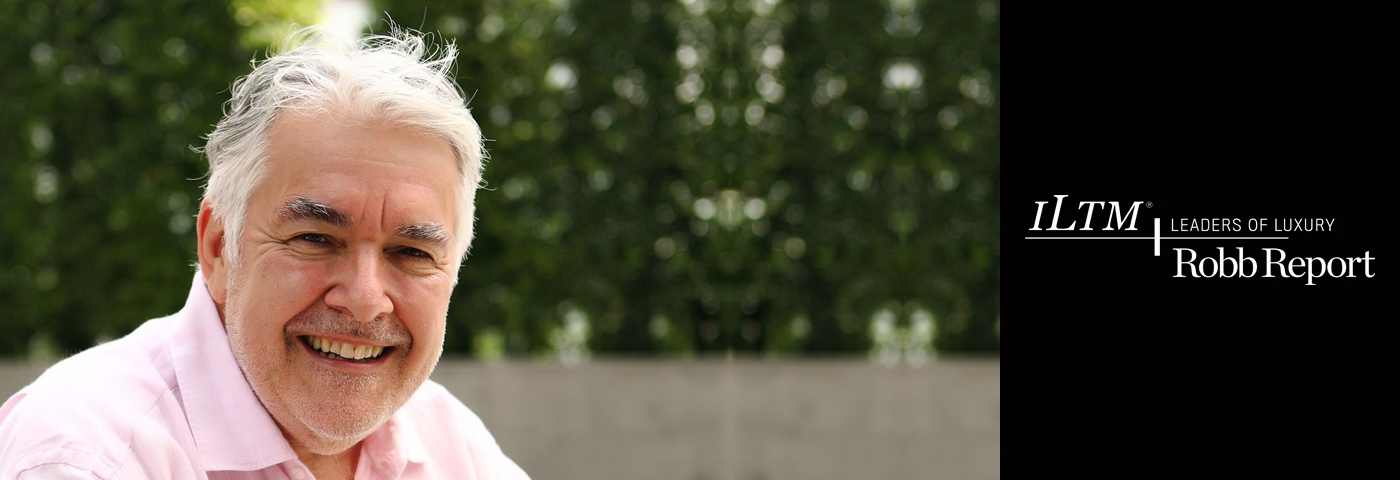
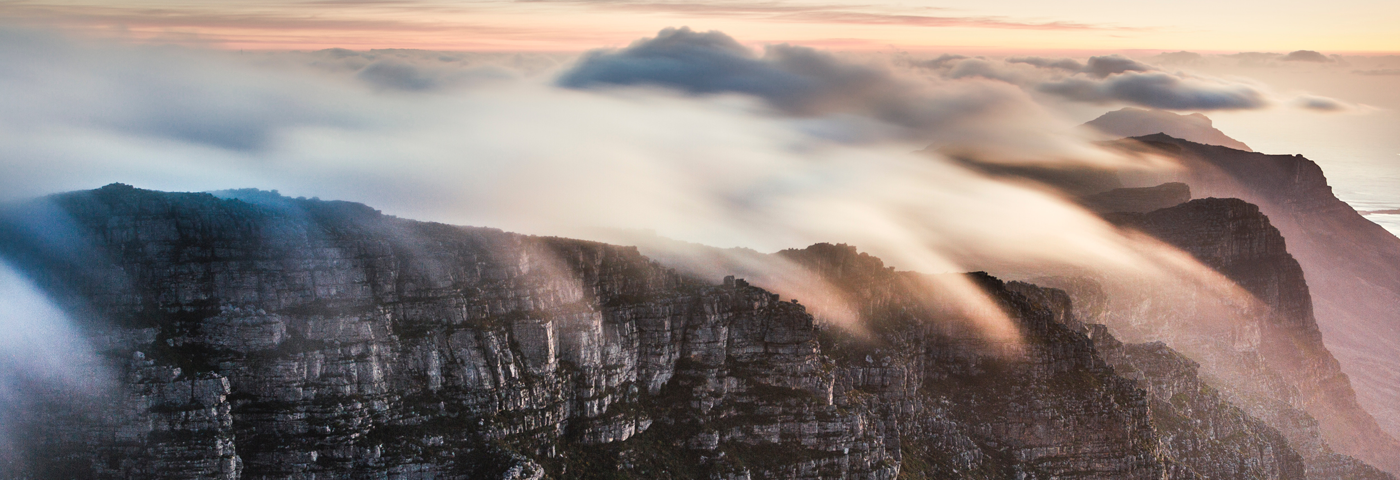
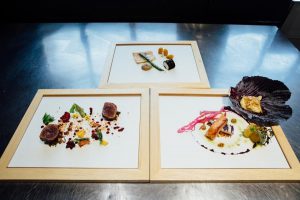
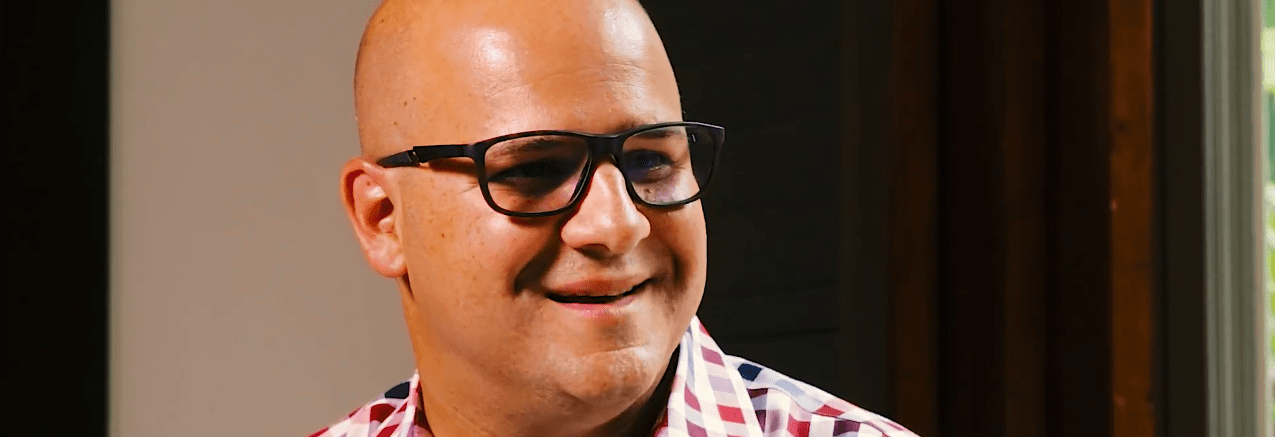

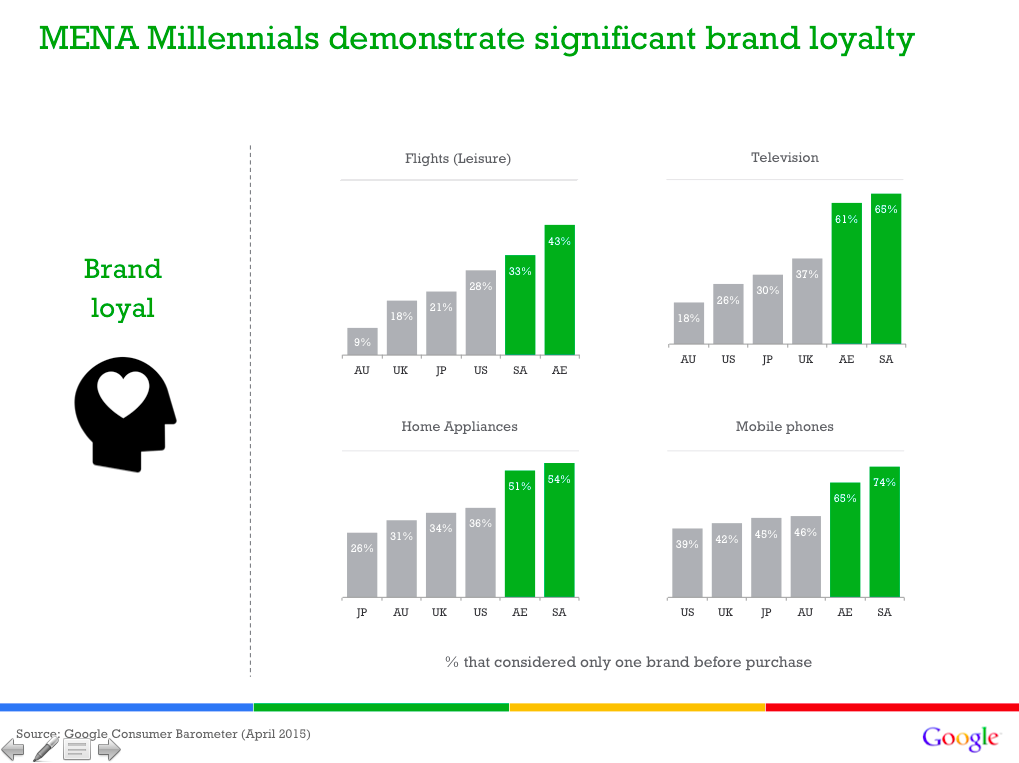
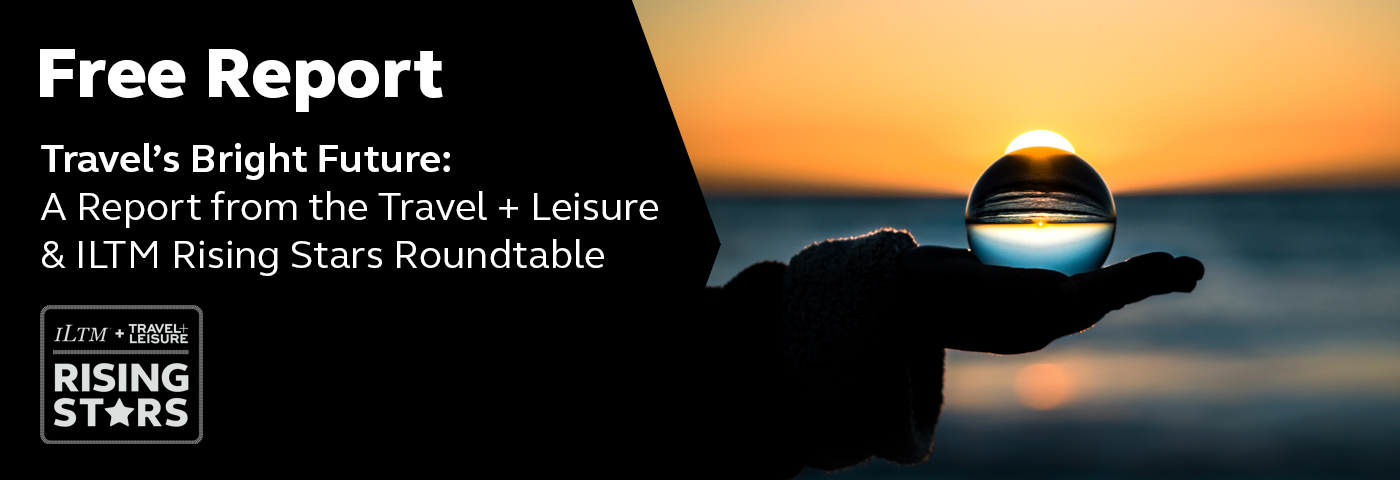
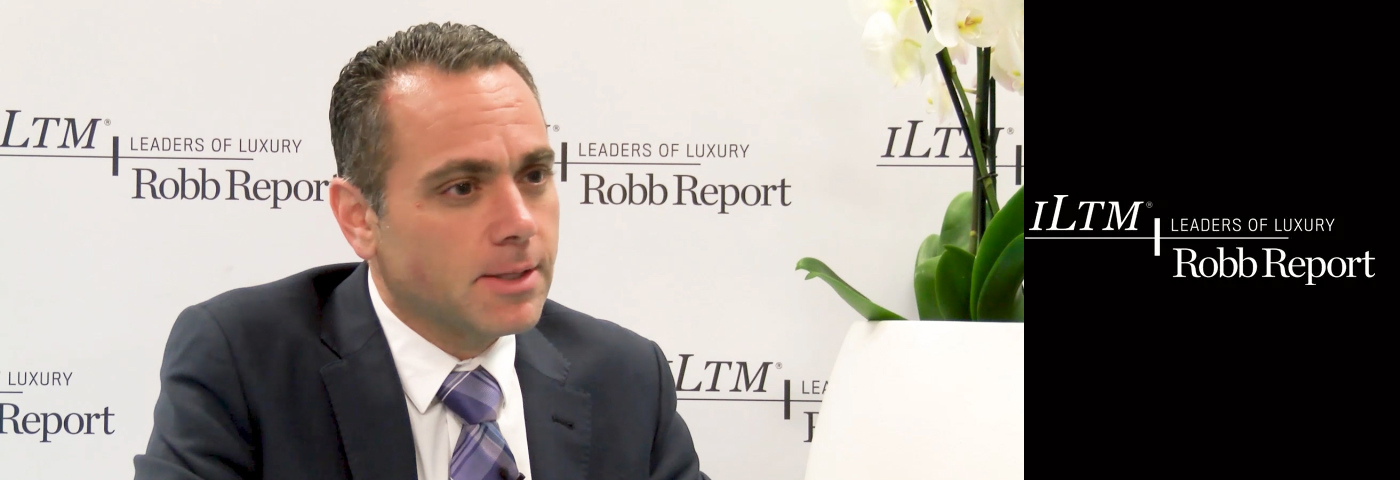
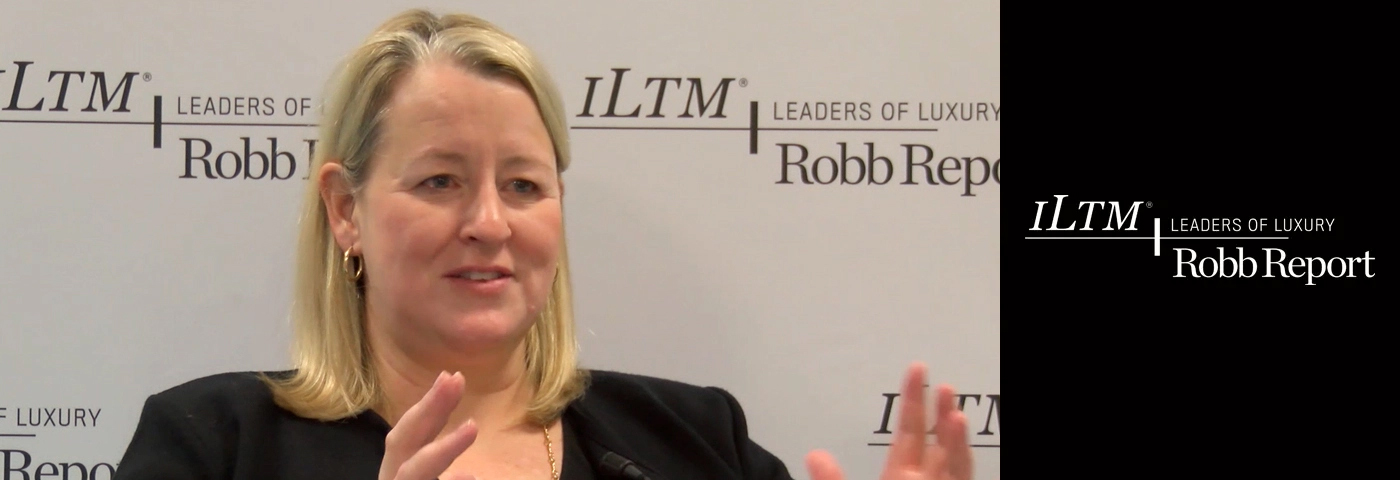
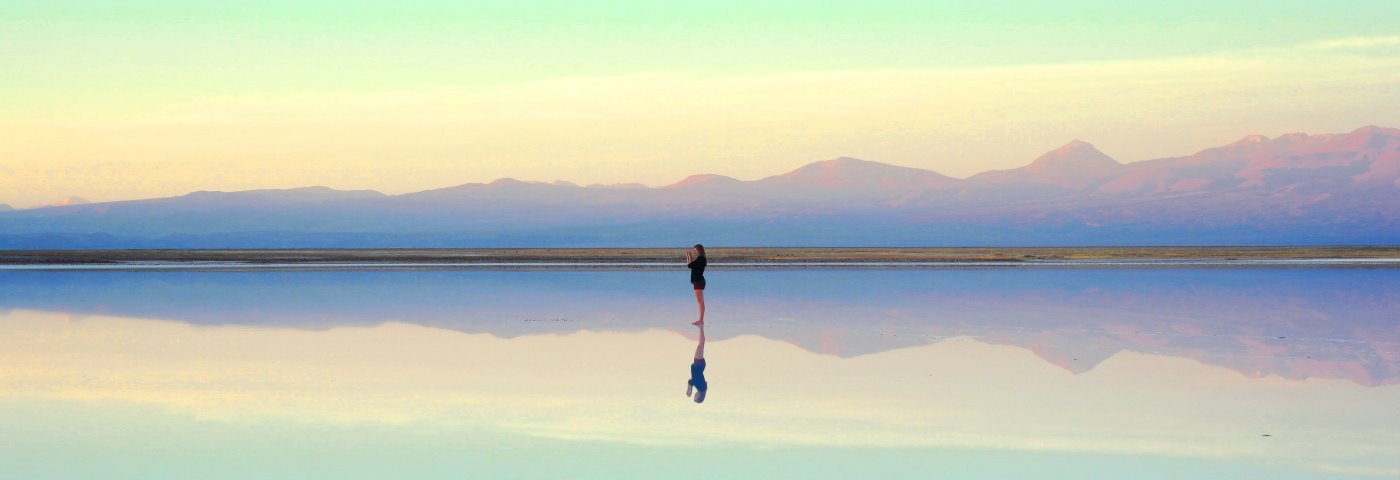
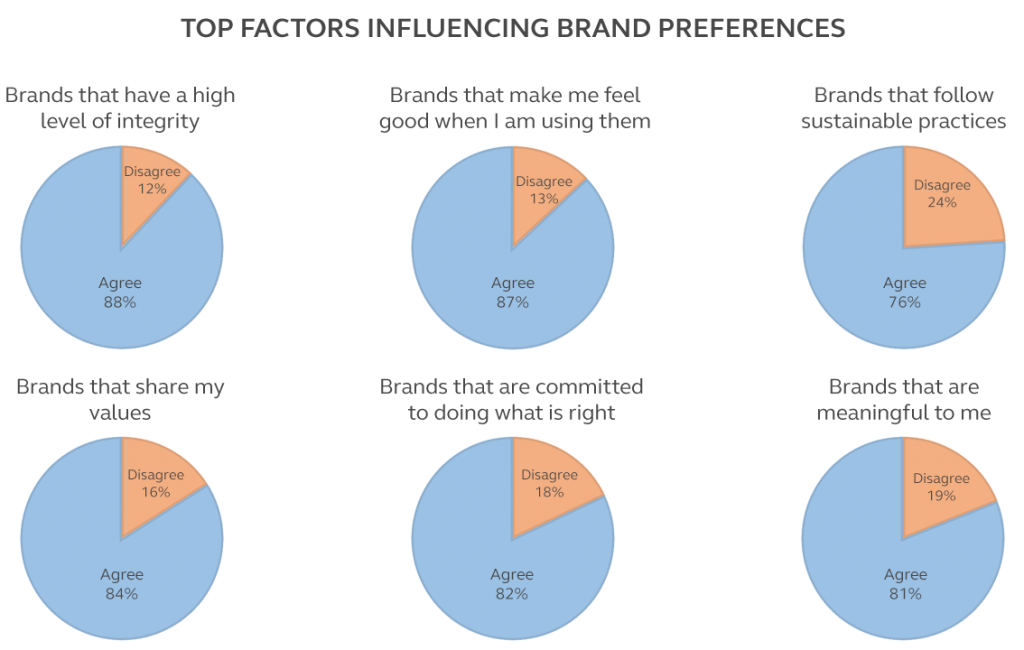

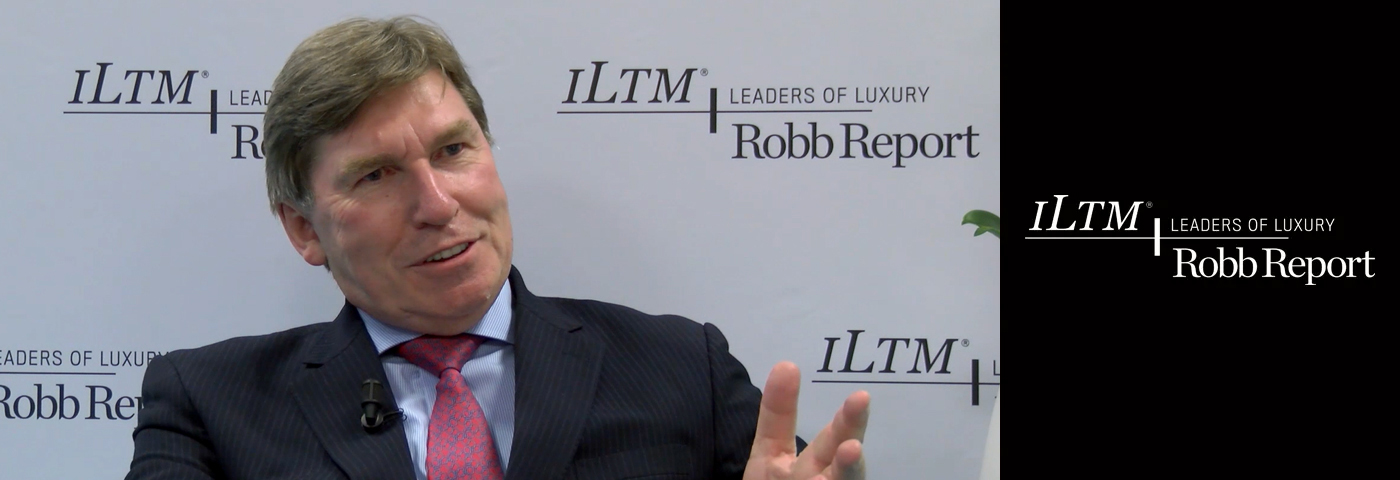
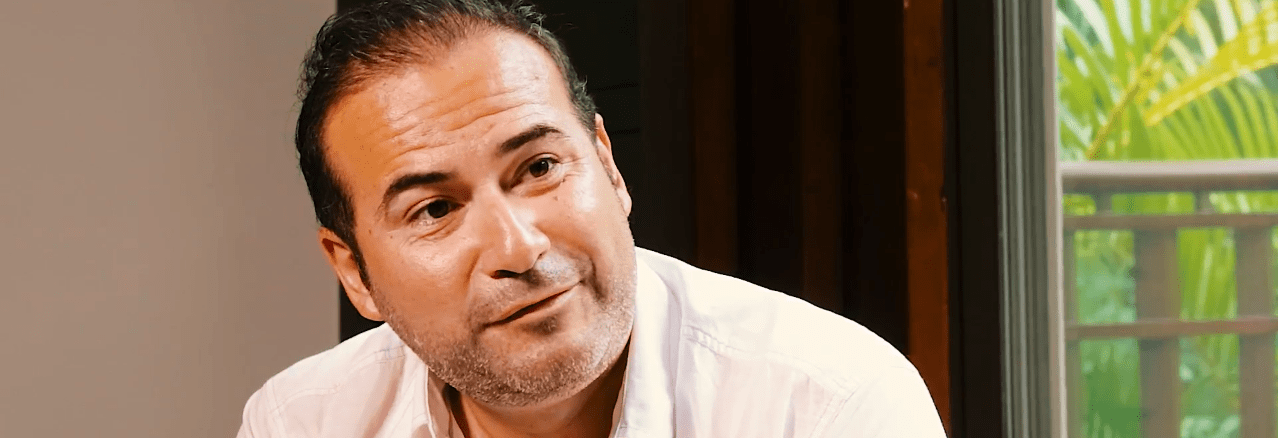

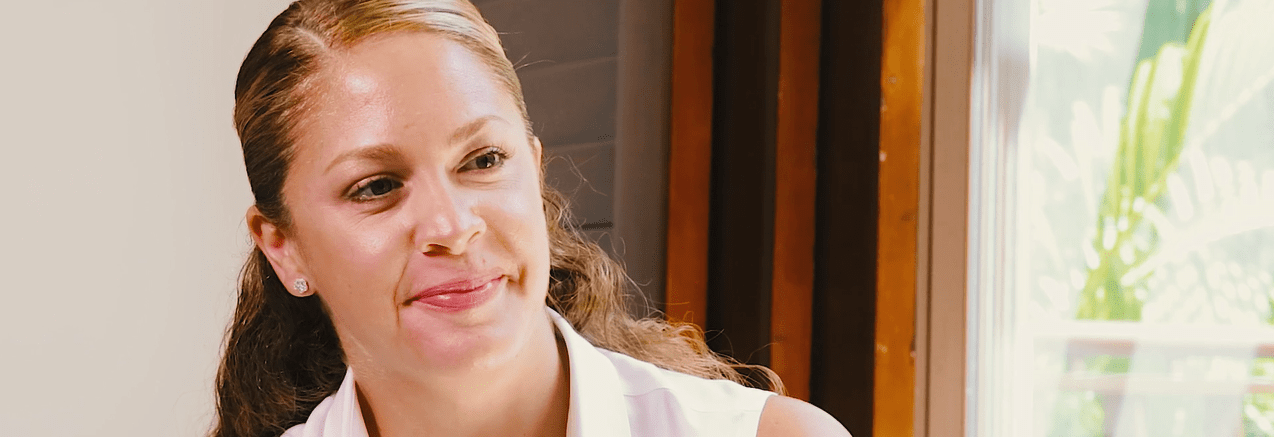
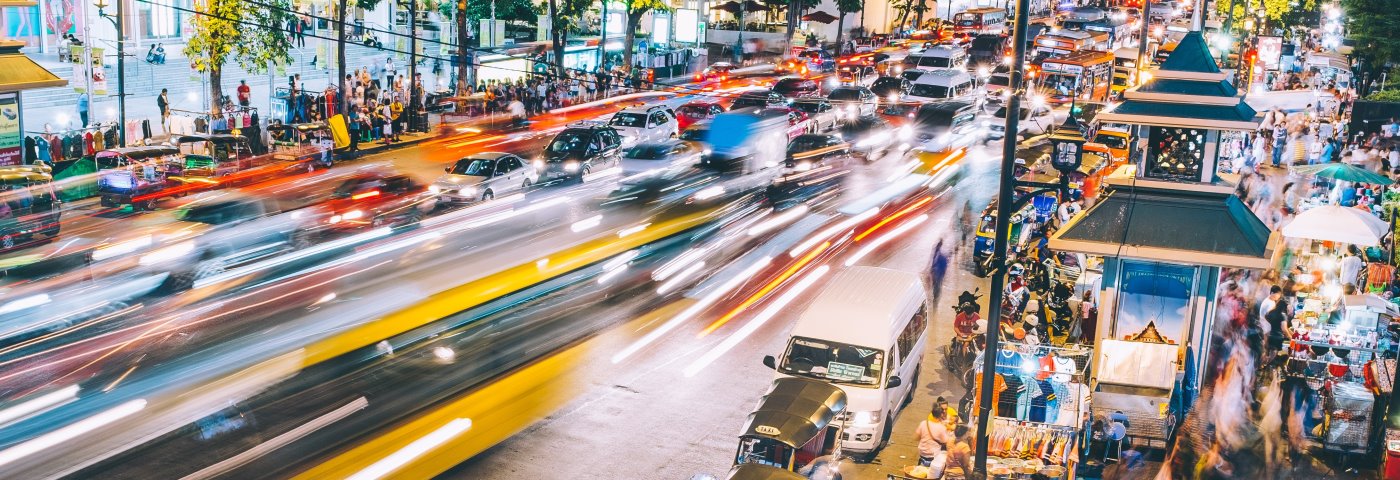
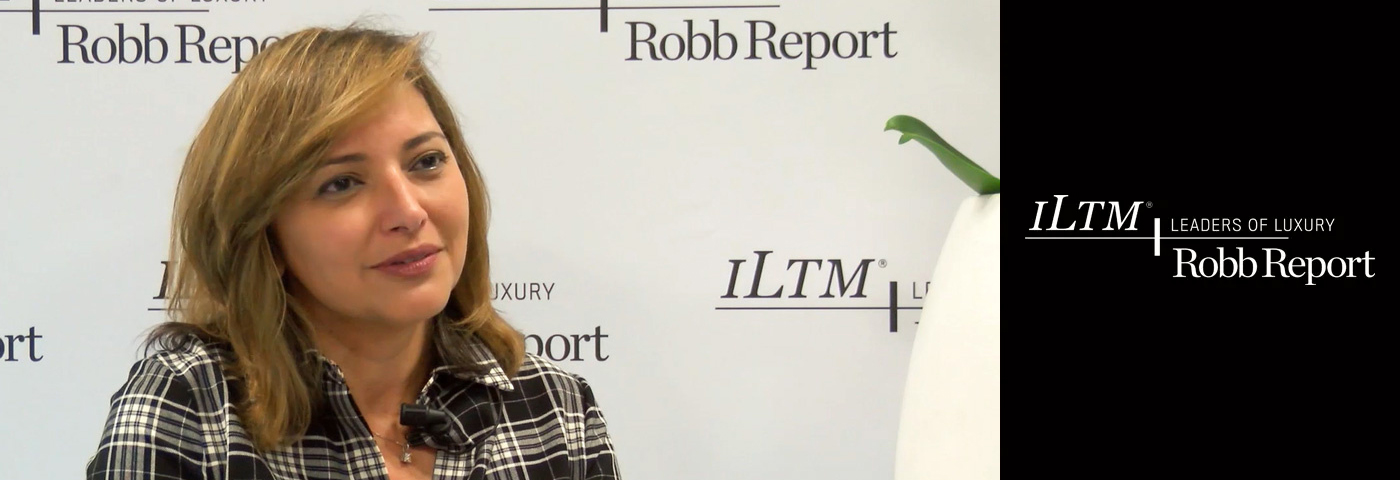
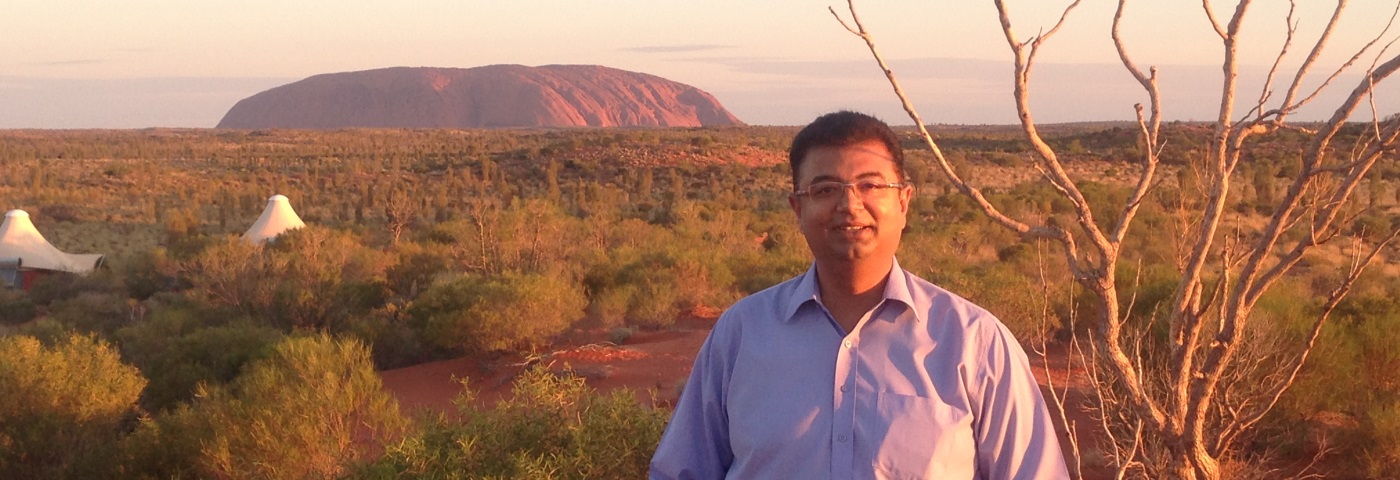
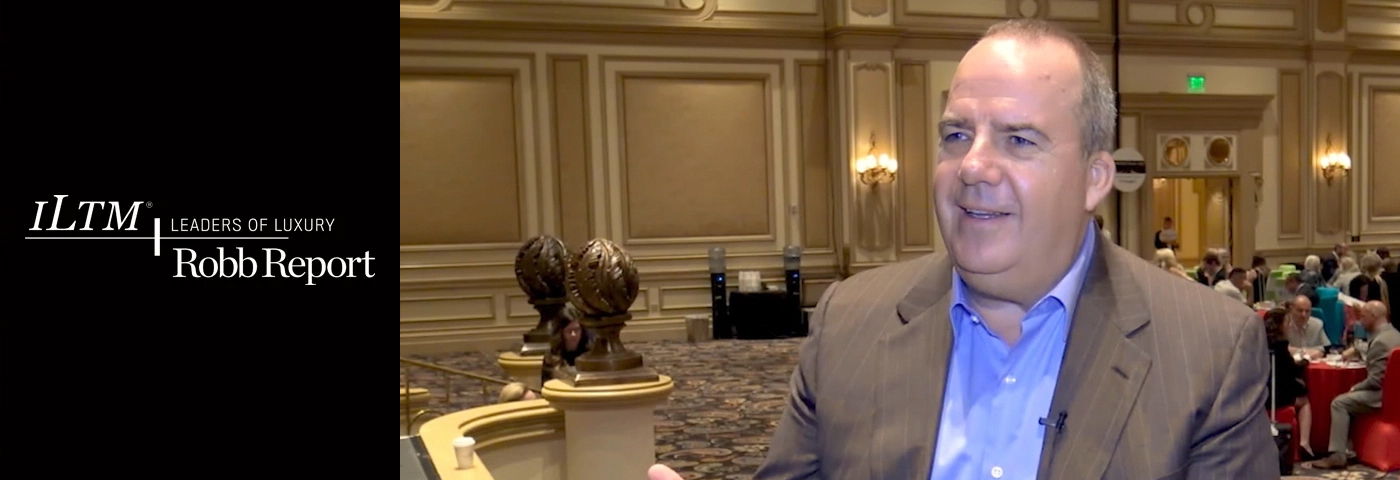
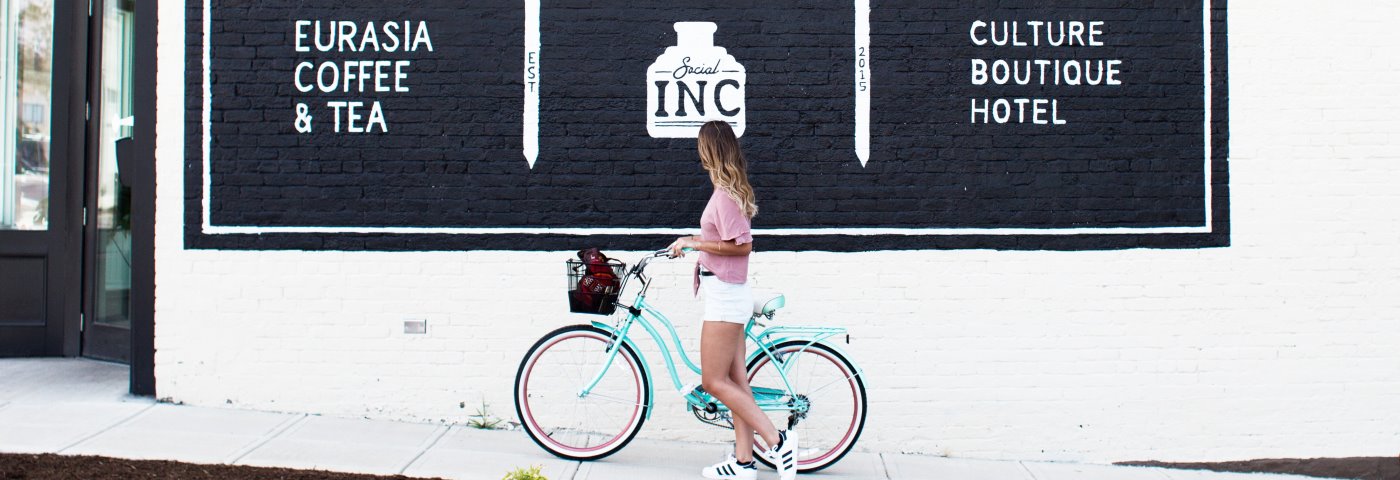
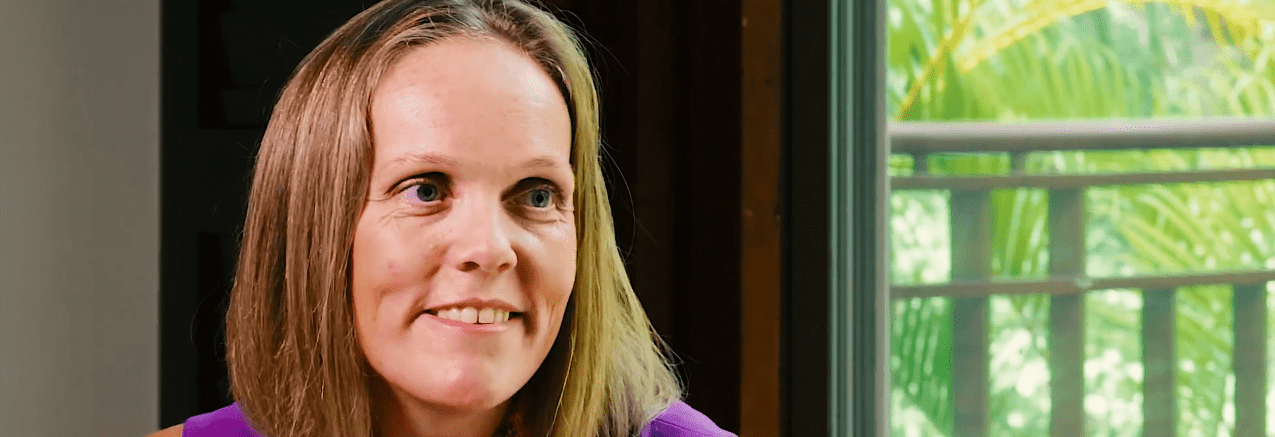



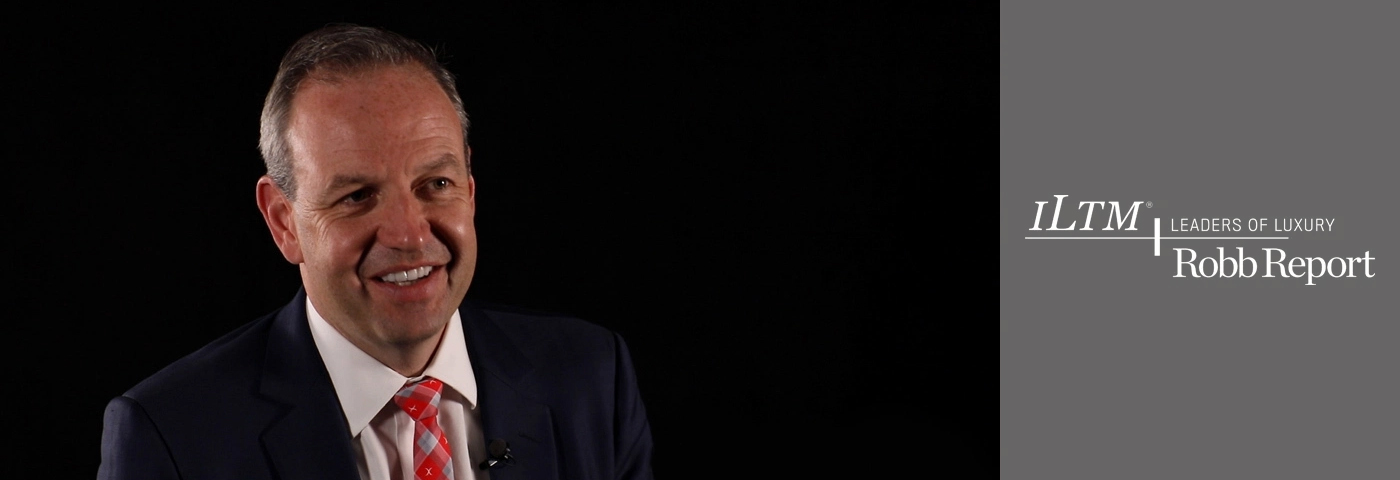
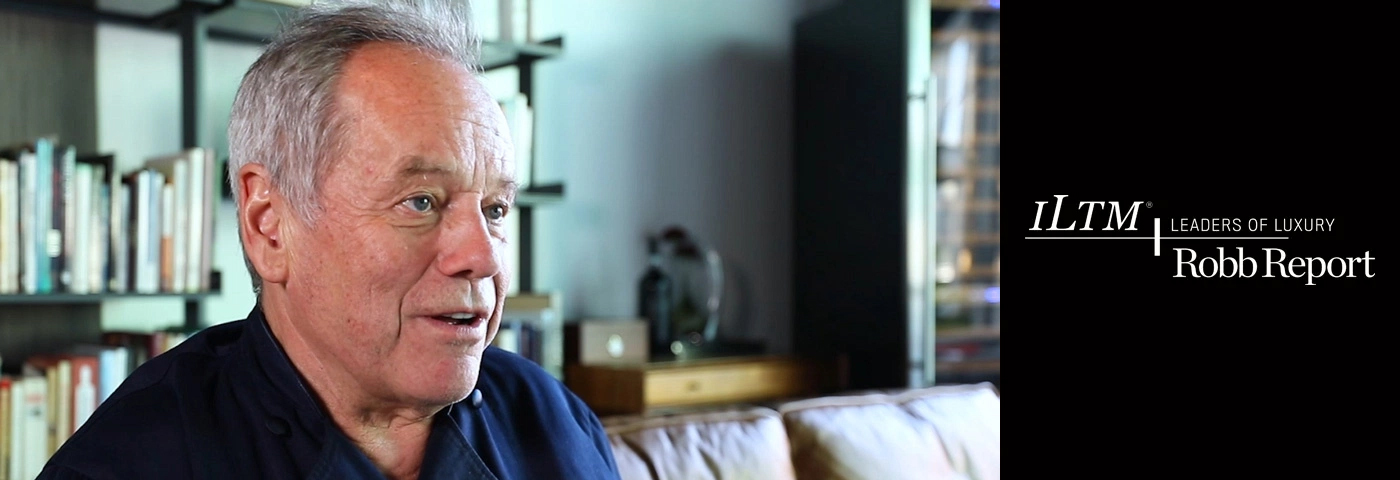
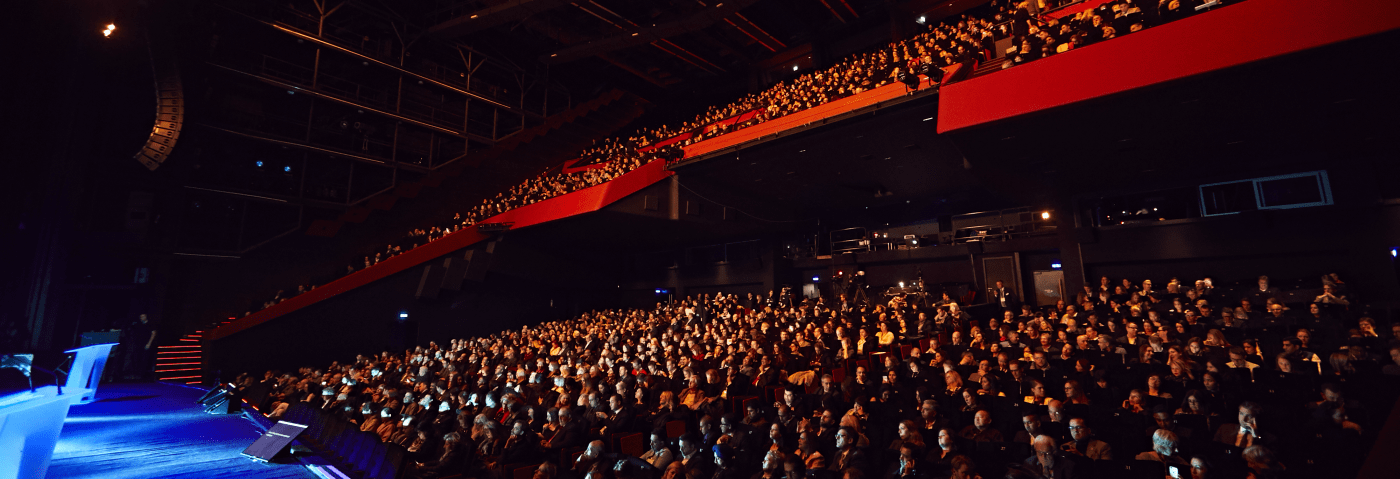
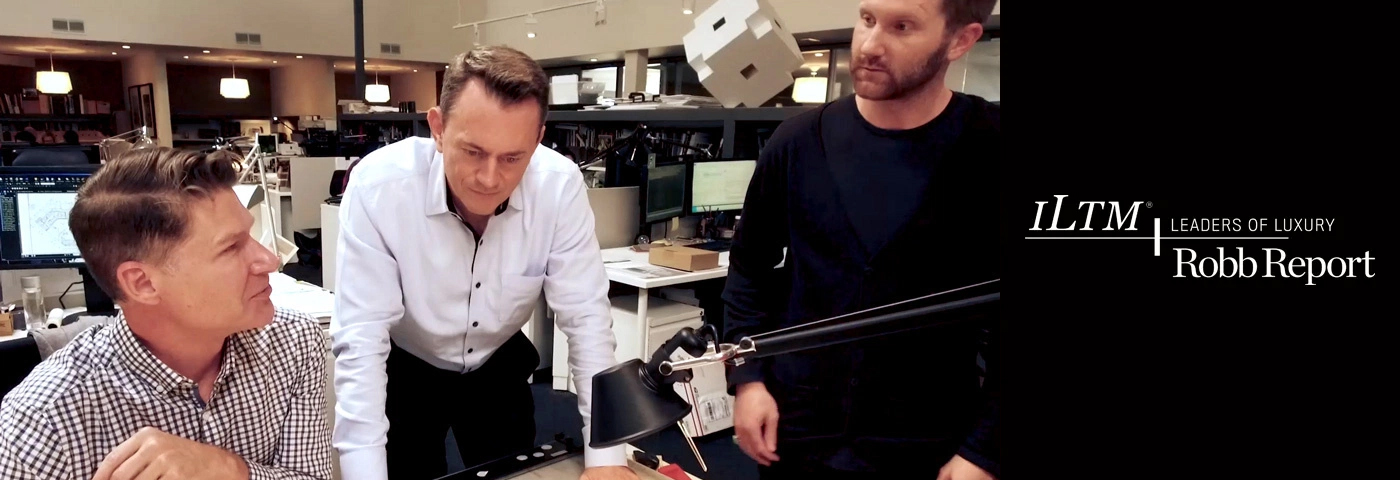
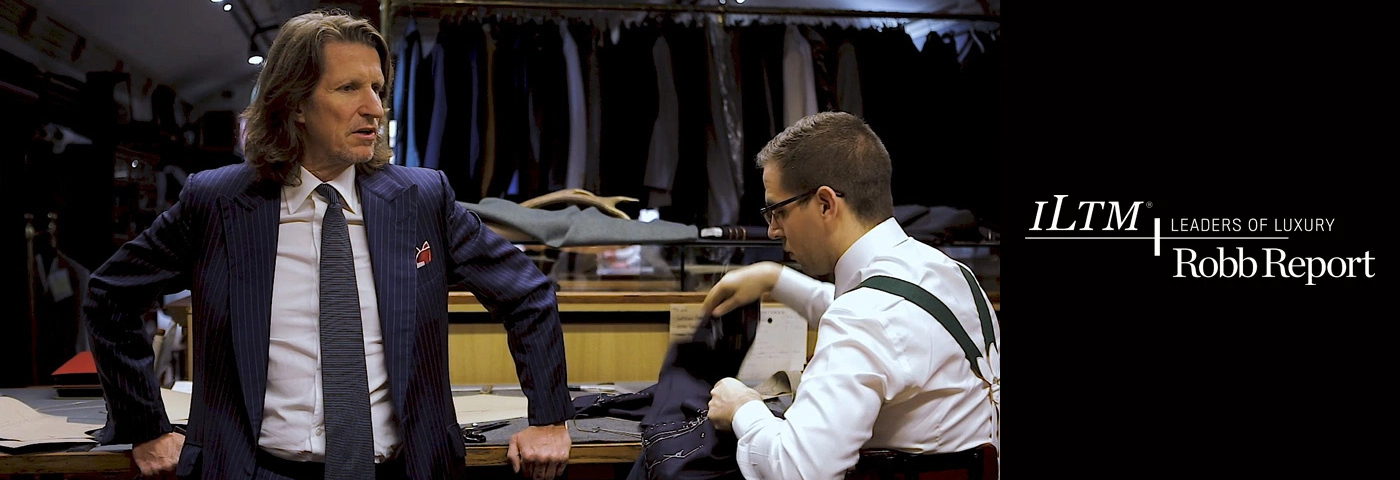
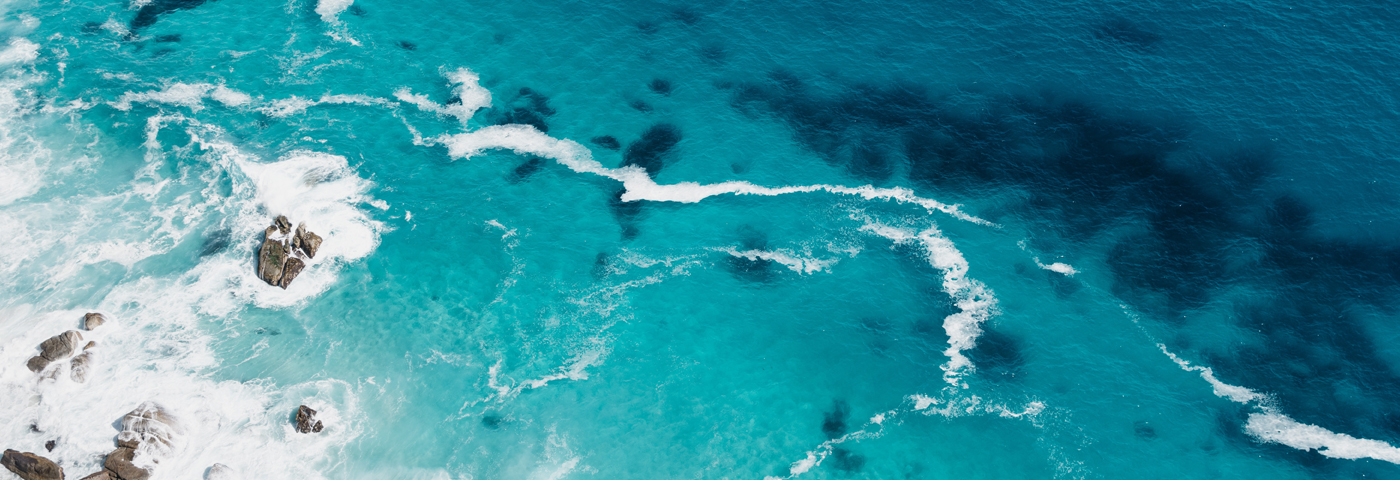
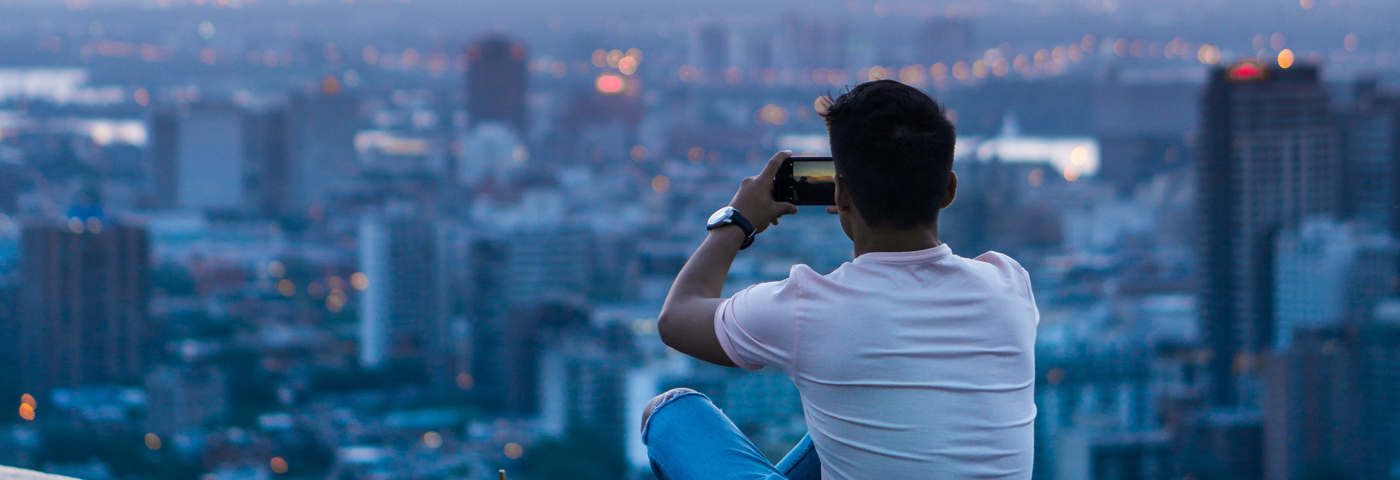
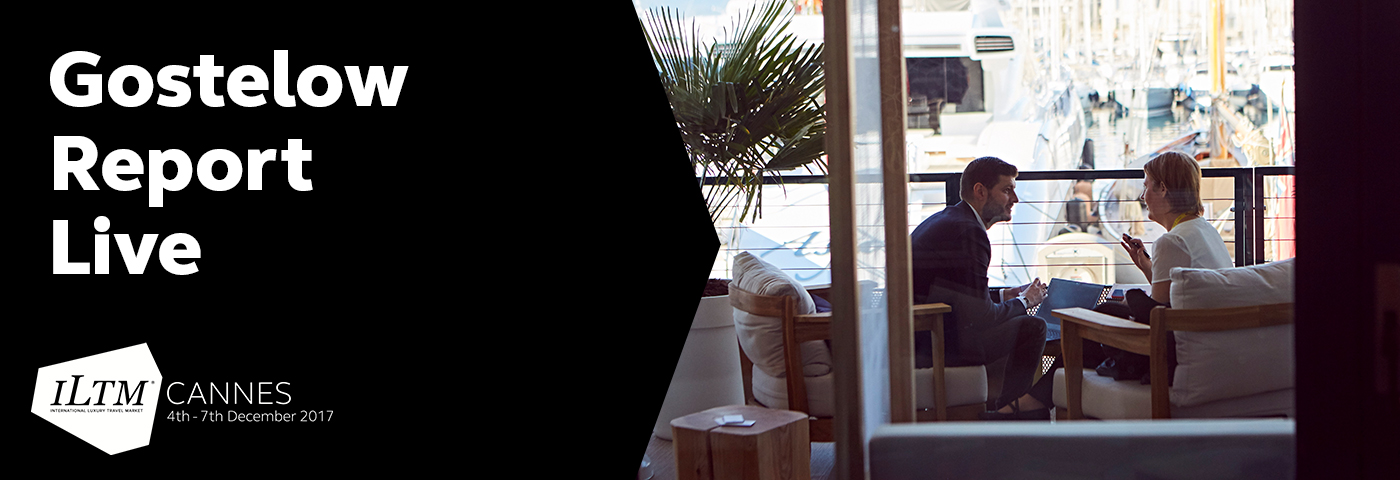
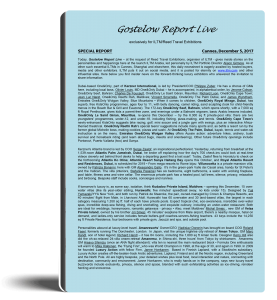
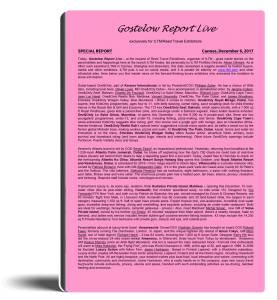
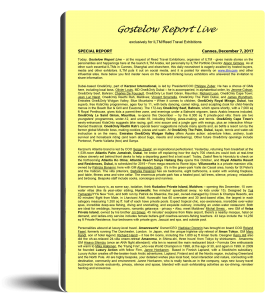
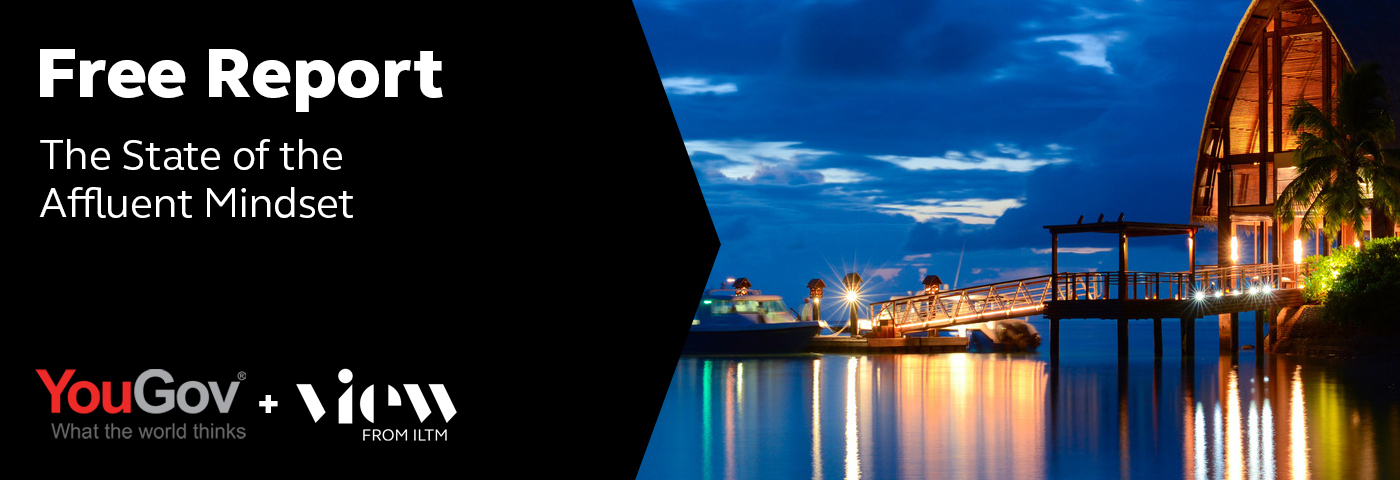
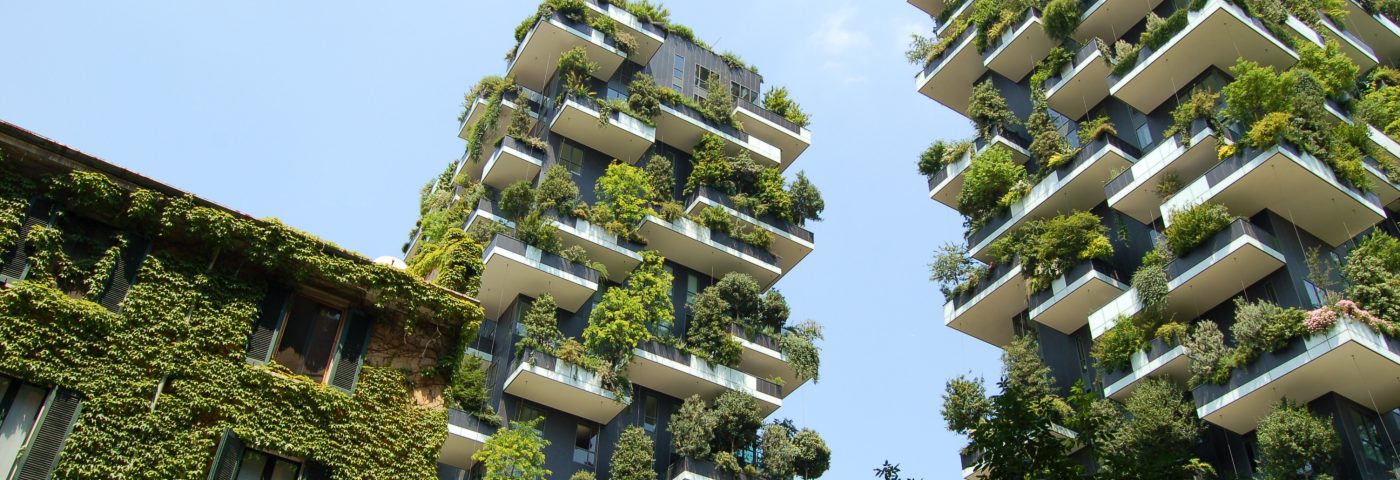
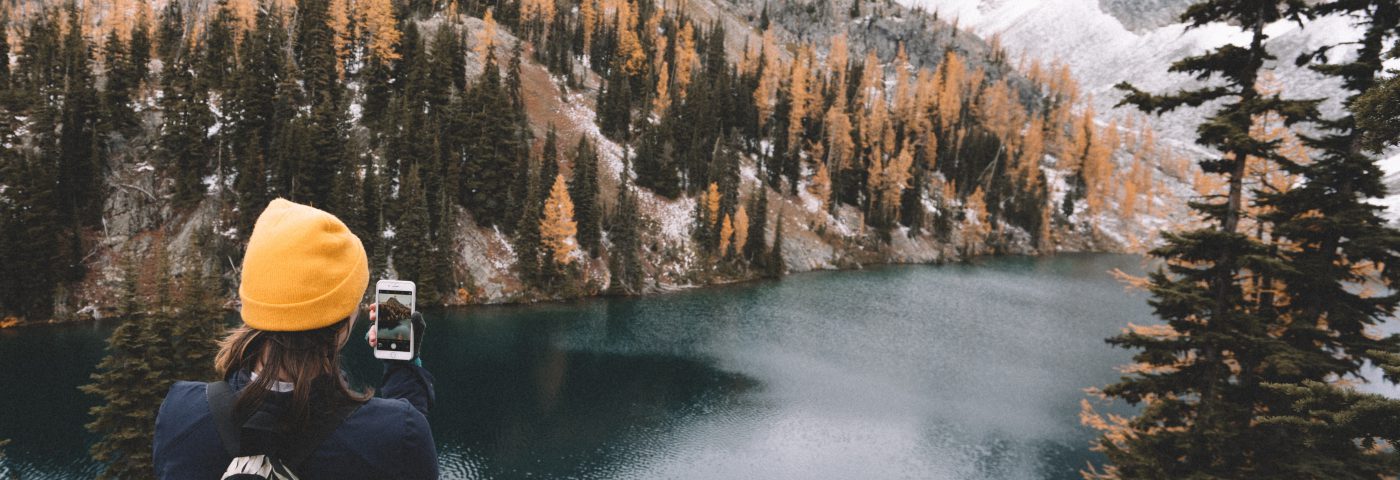
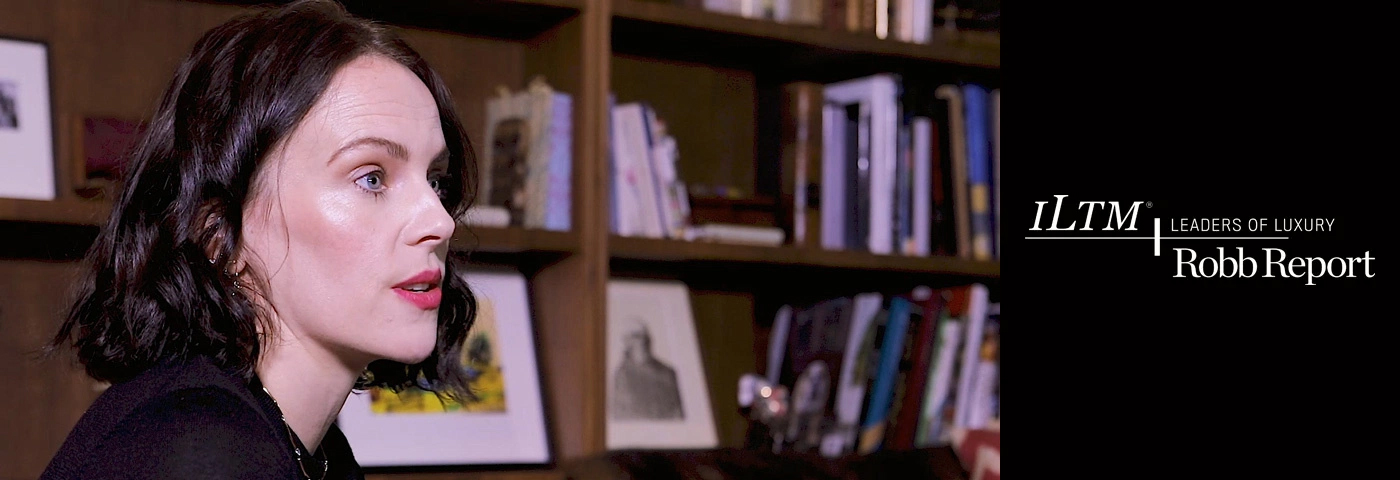
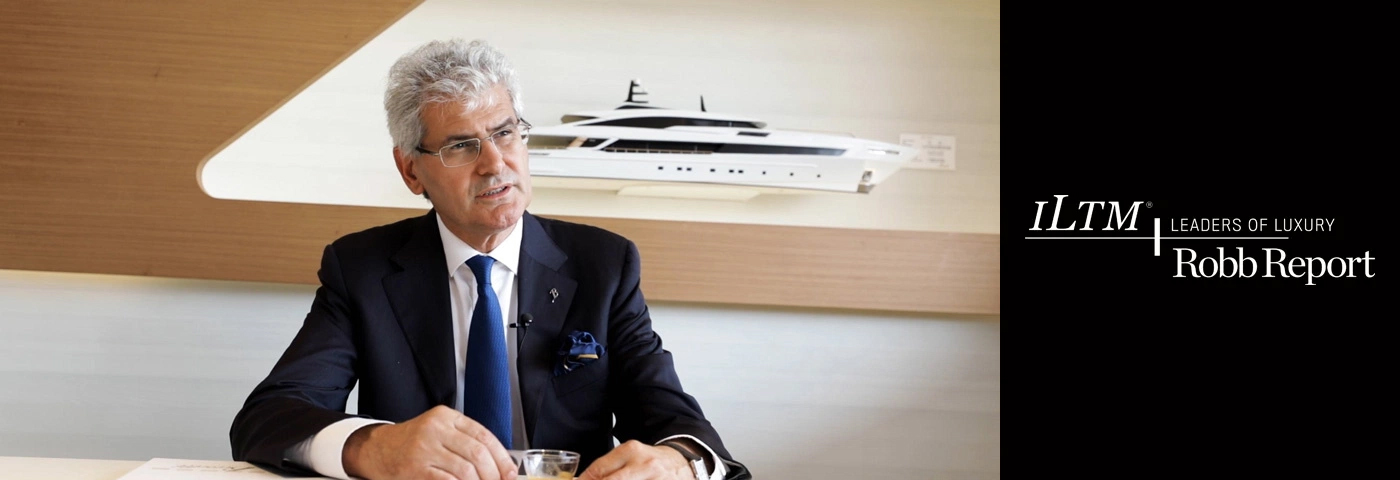
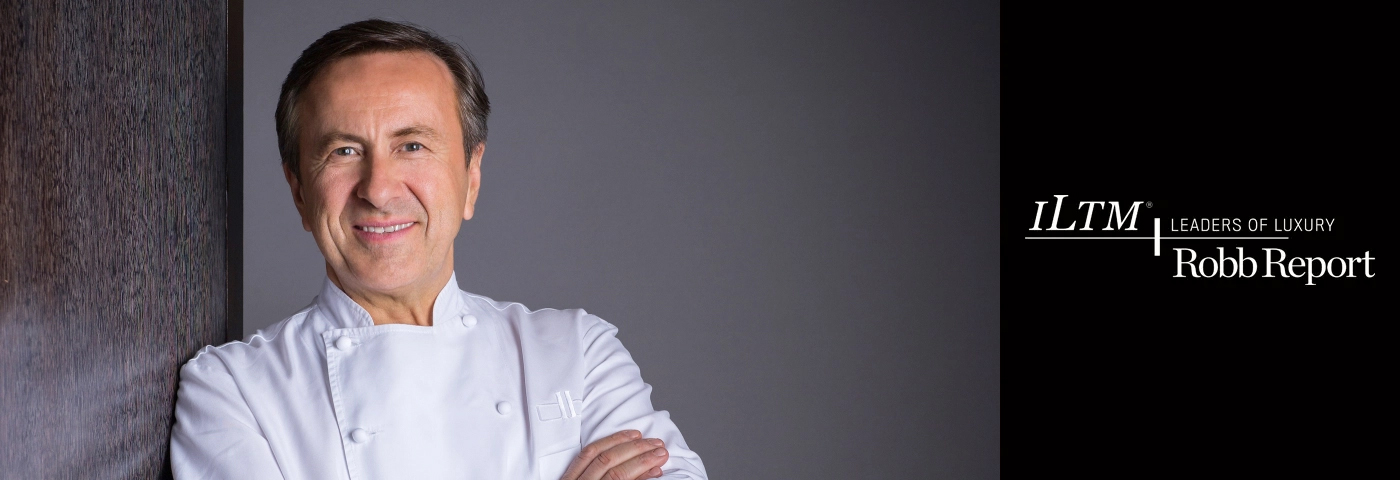
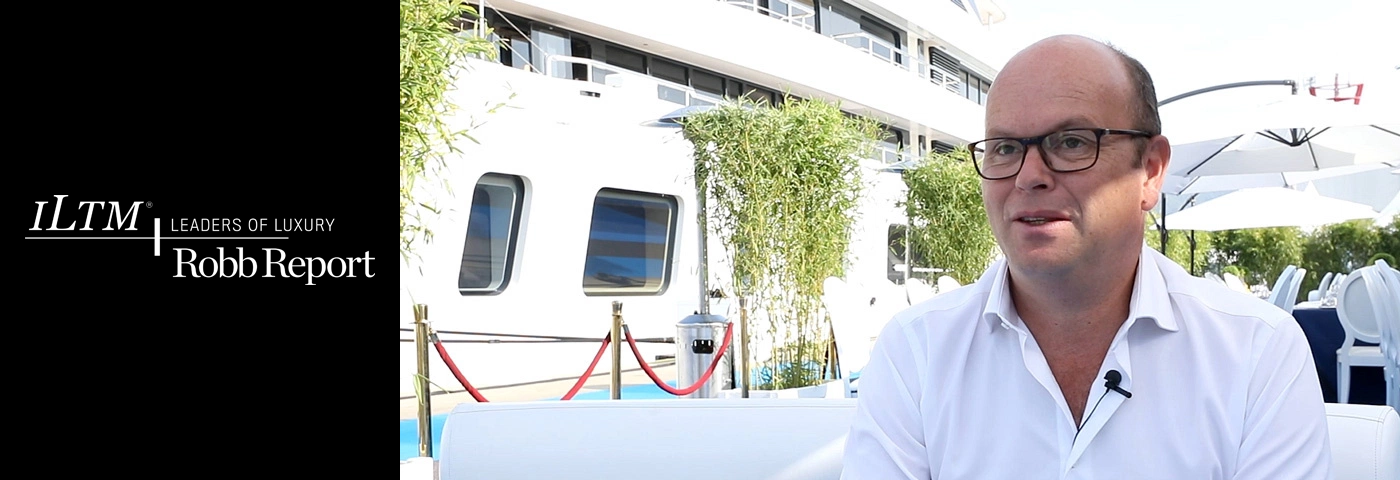
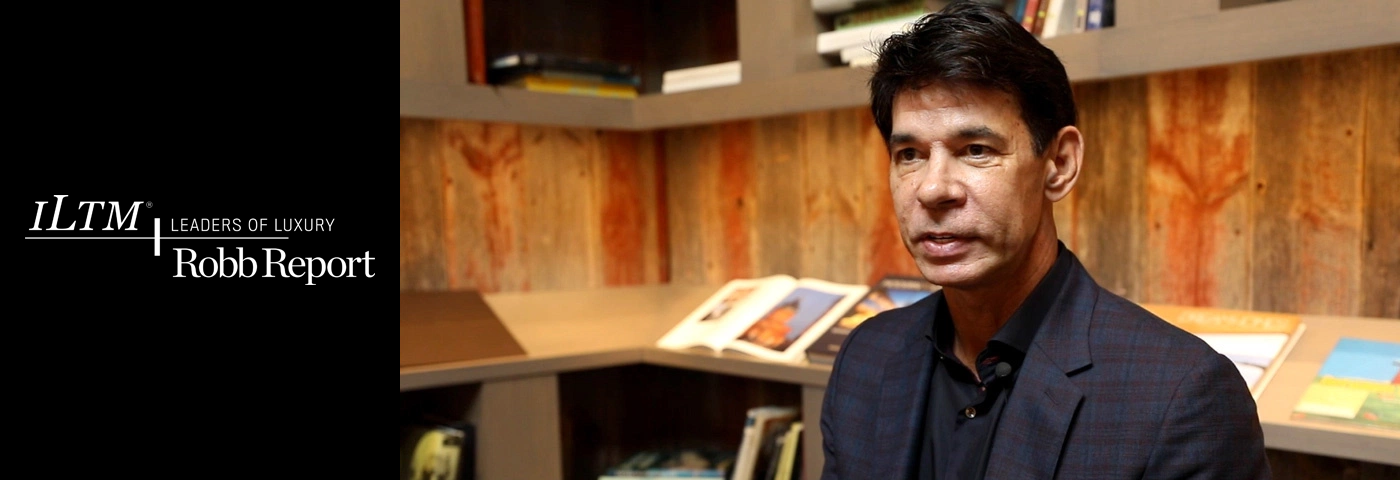
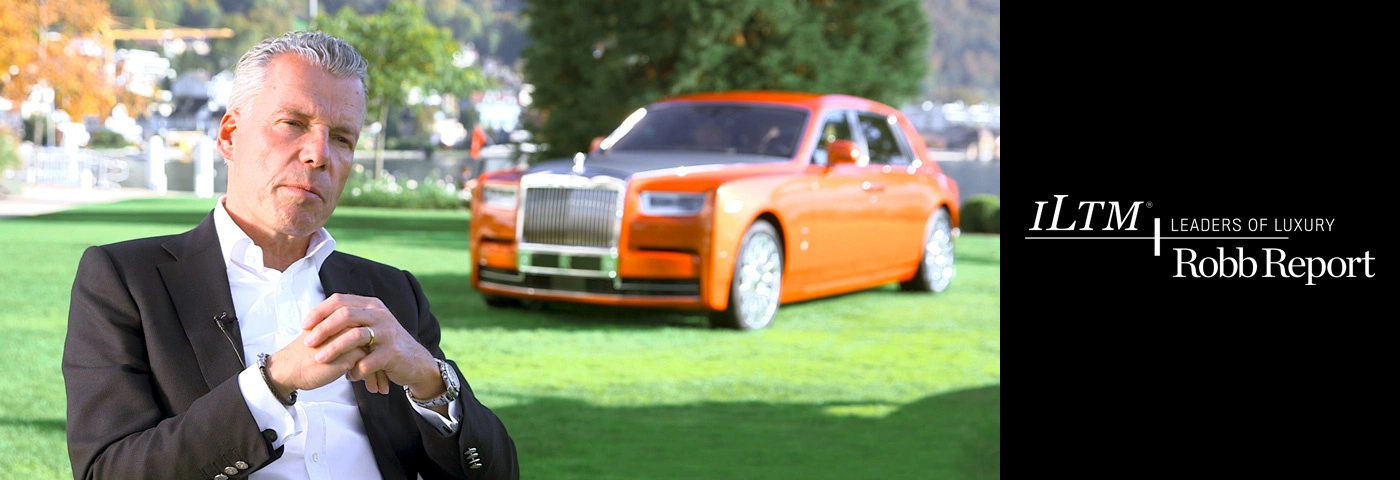
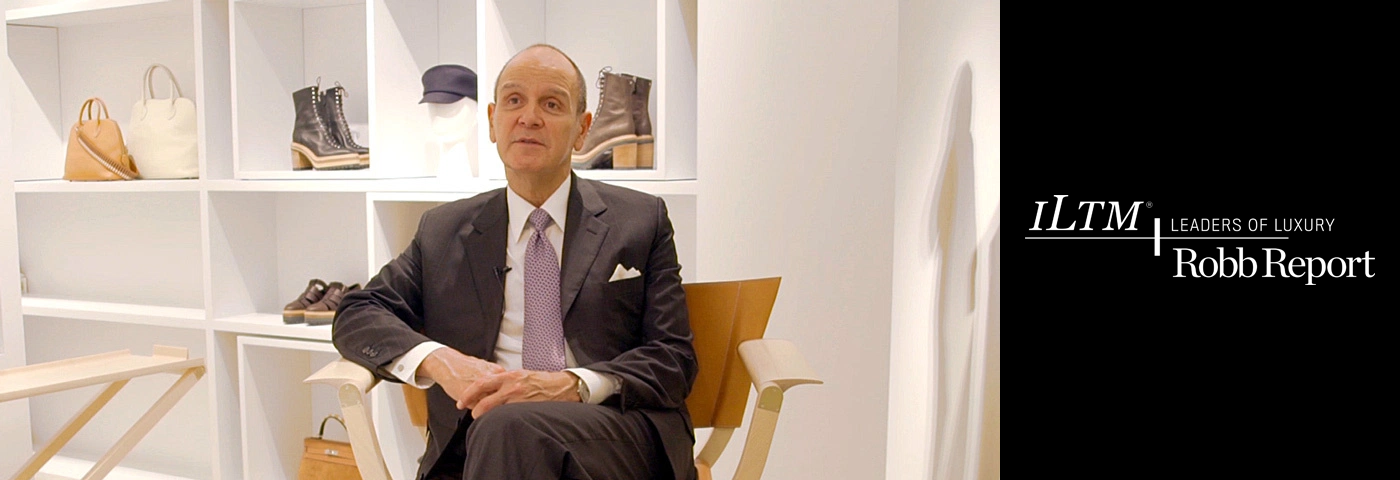
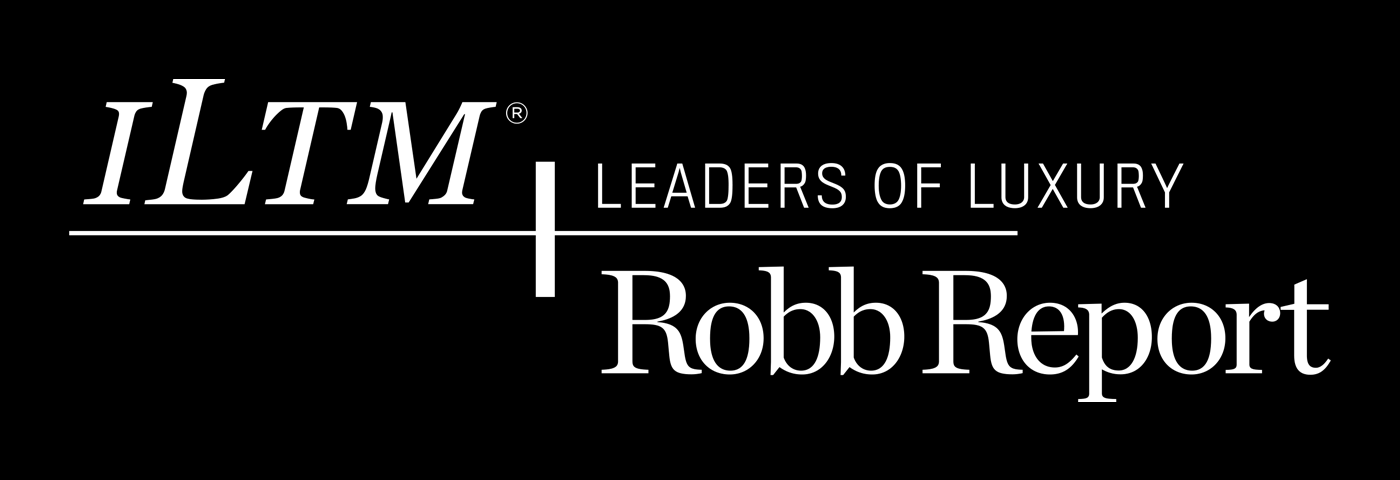
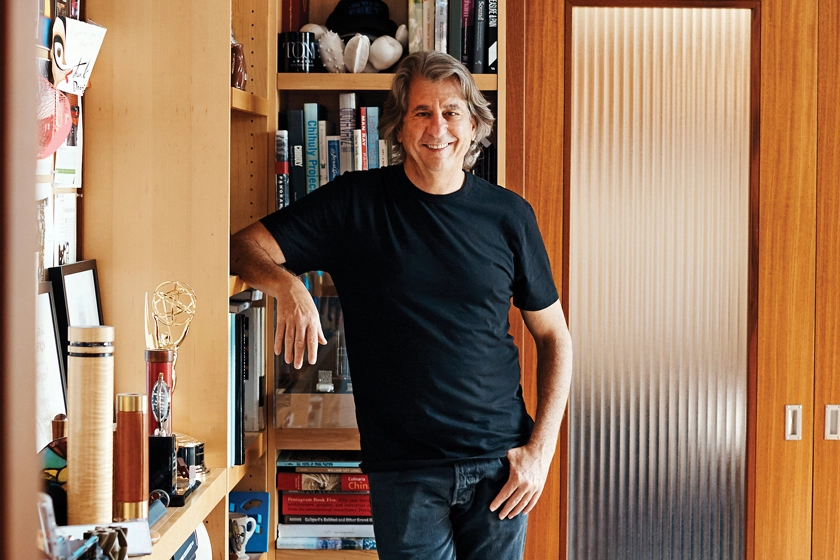 David Rockwell
David Rockwell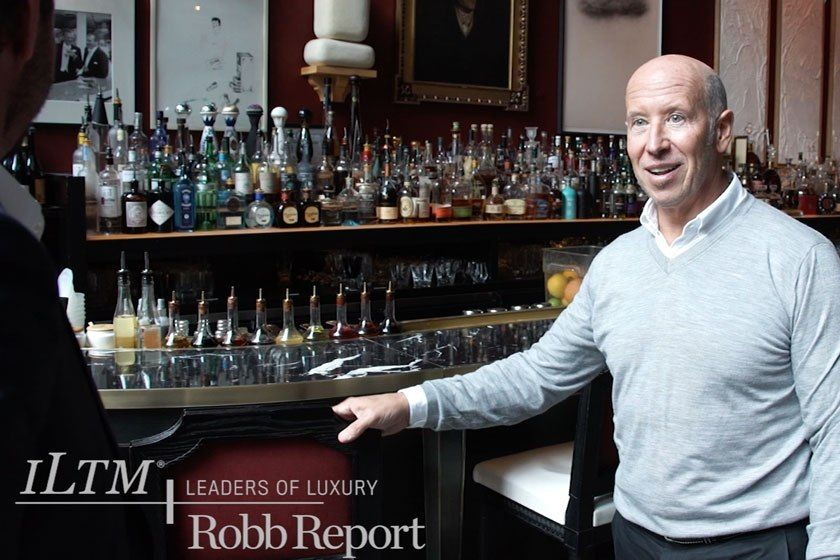 Barry Sternlicht
Barry Sternlicht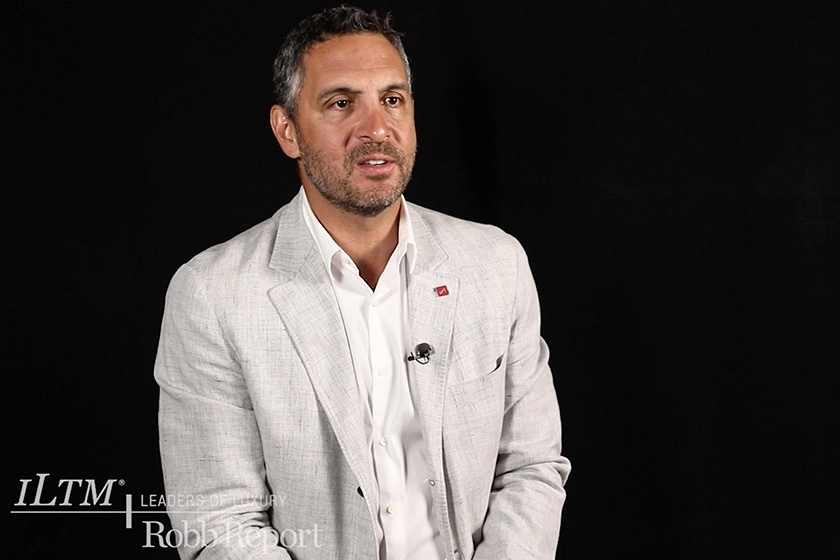 Mauricio Umansky
Mauricio Umansky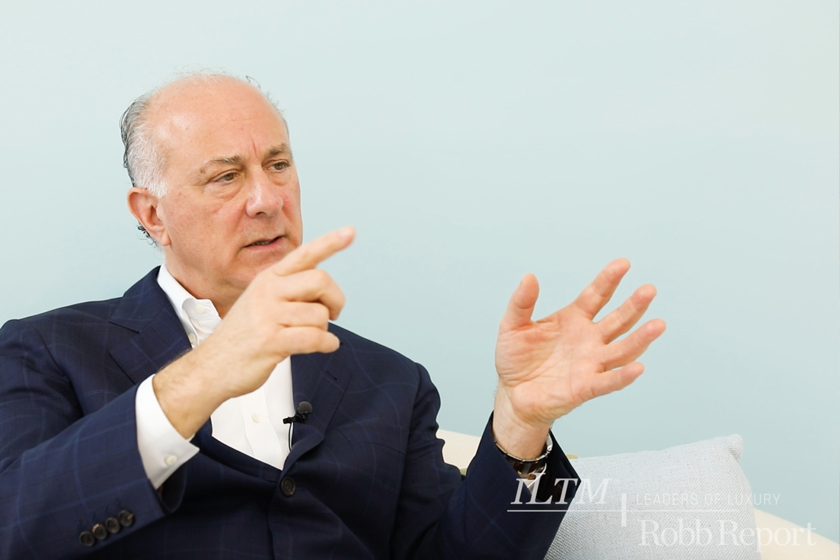 Ralph Pucci
Ralph Pucci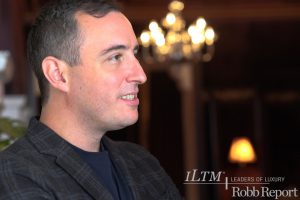 Will Guidara
Will Guidara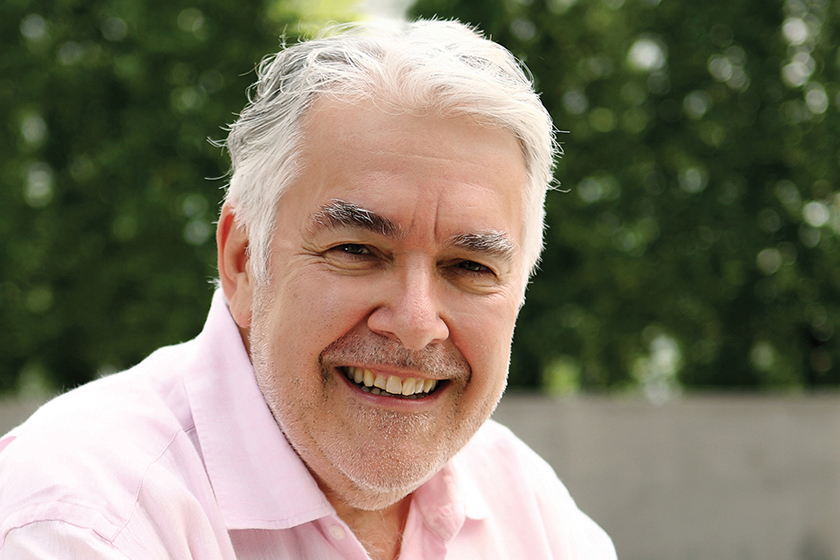 Neil Jacobs
Neil Jacobs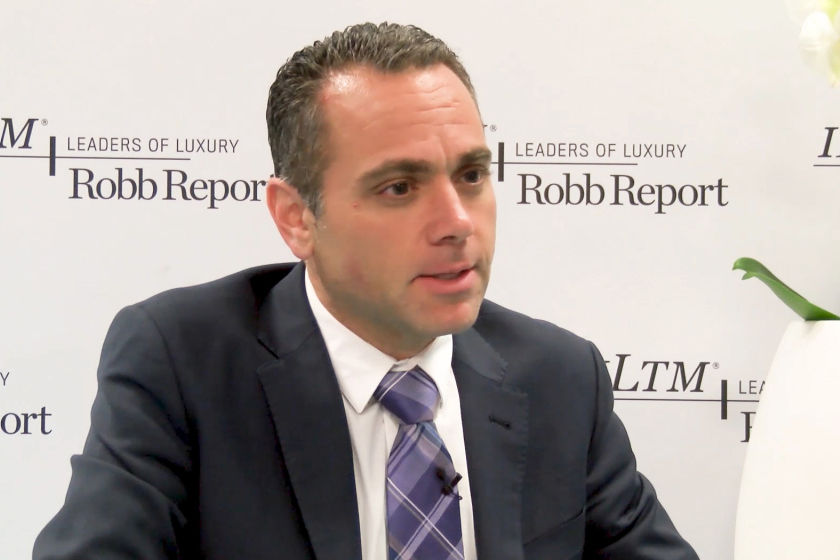 Jack Ezon
Jack Ezon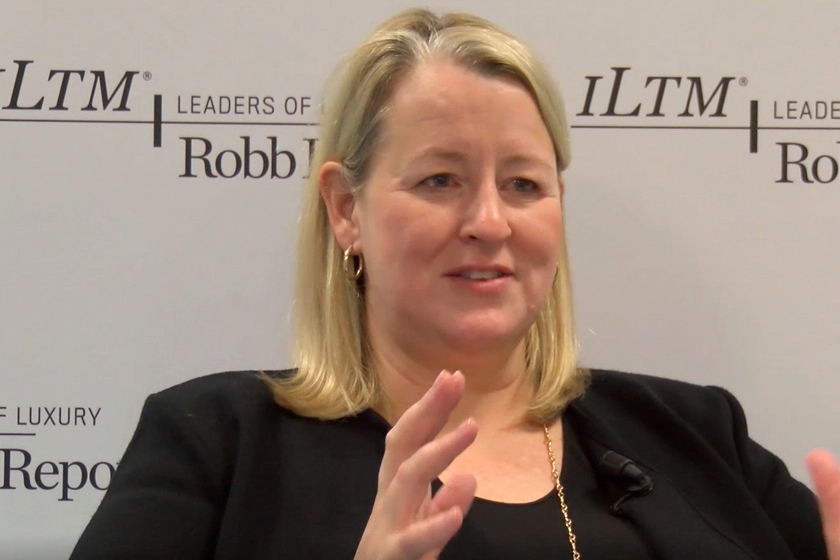 Nancy Schumacher
Nancy Schumacher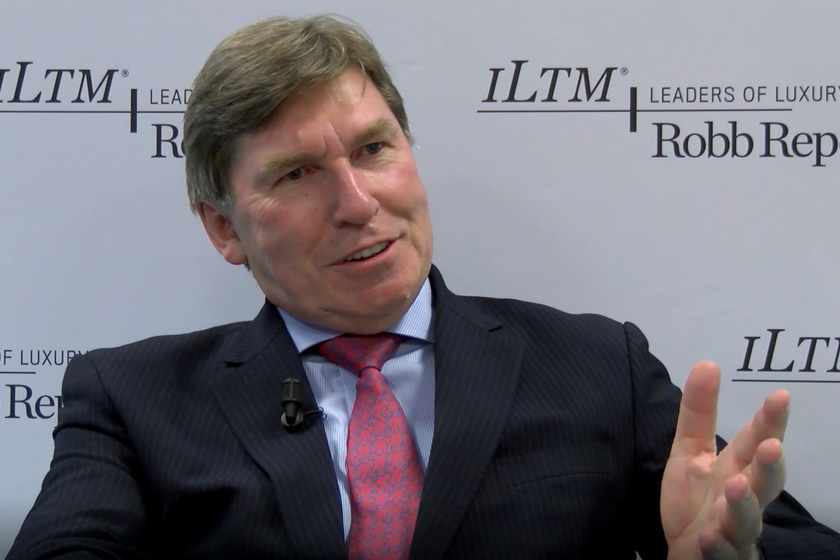 Chris Cahill
Chris Cahill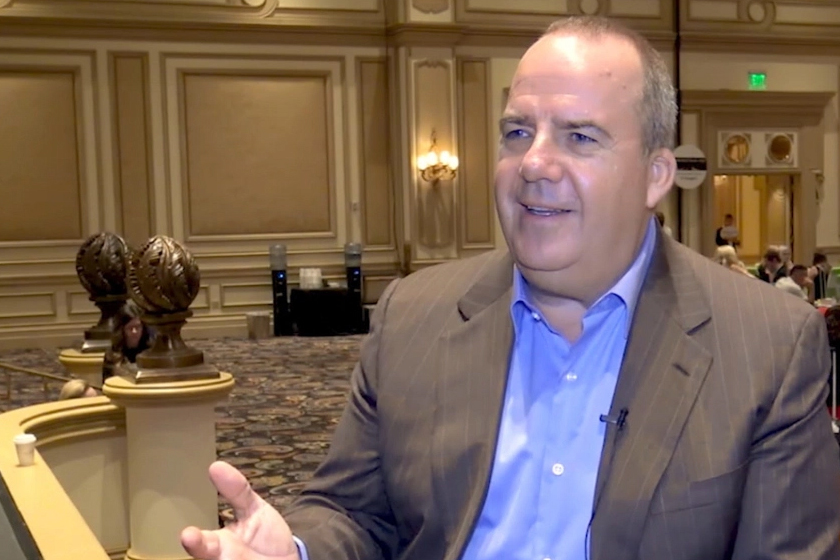 Matthew Upchurch
Matthew Upchurch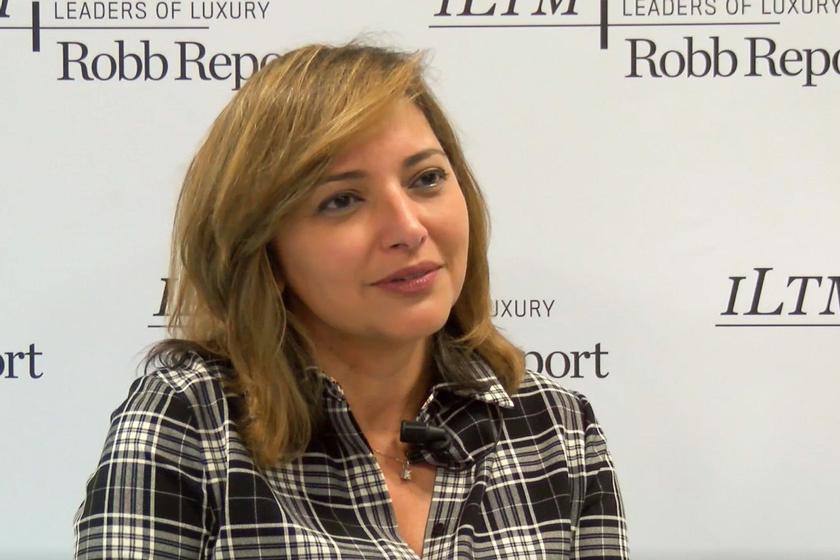 Tina Edmundson
Tina Edmundson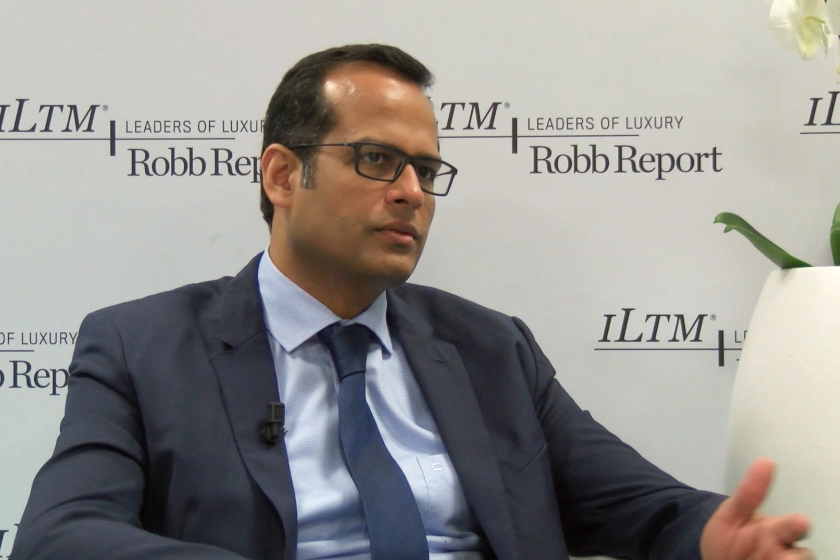 Chinmai Sharma
Chinmai Sharma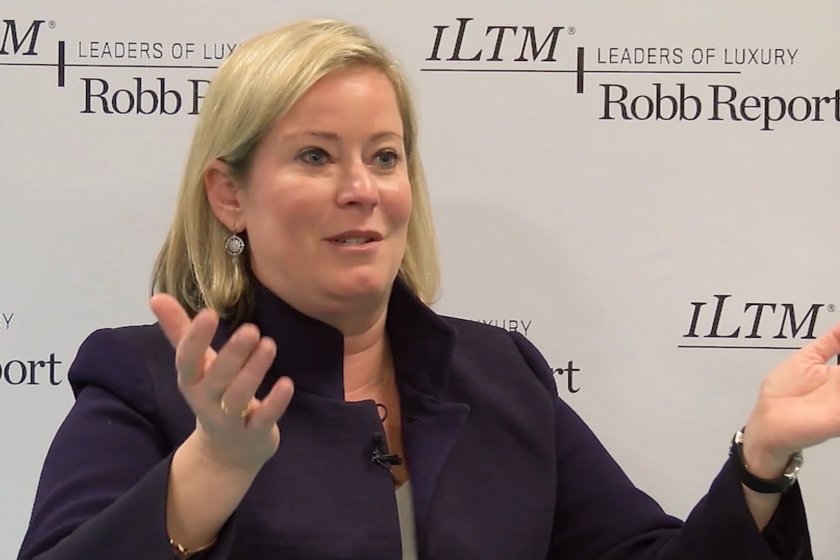 Lindsey Ueberroth
Lindsey Ueberroth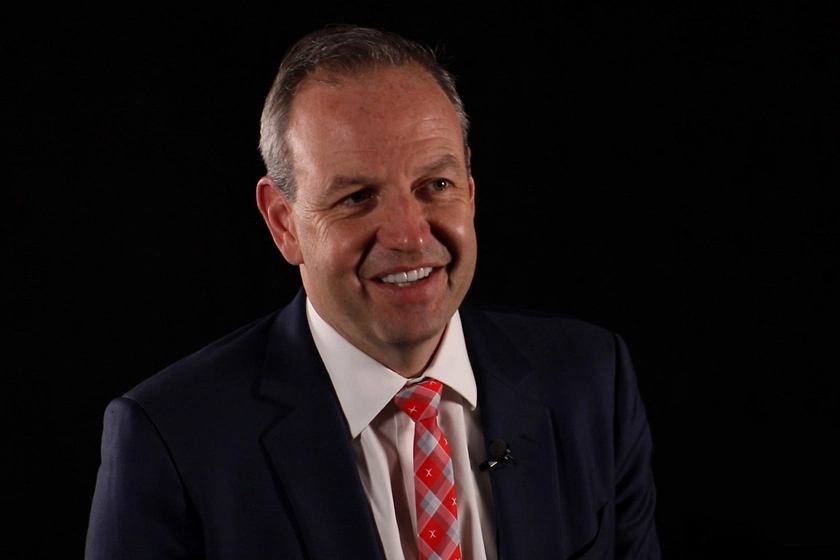 Alex Wilcox
Alex Wilcox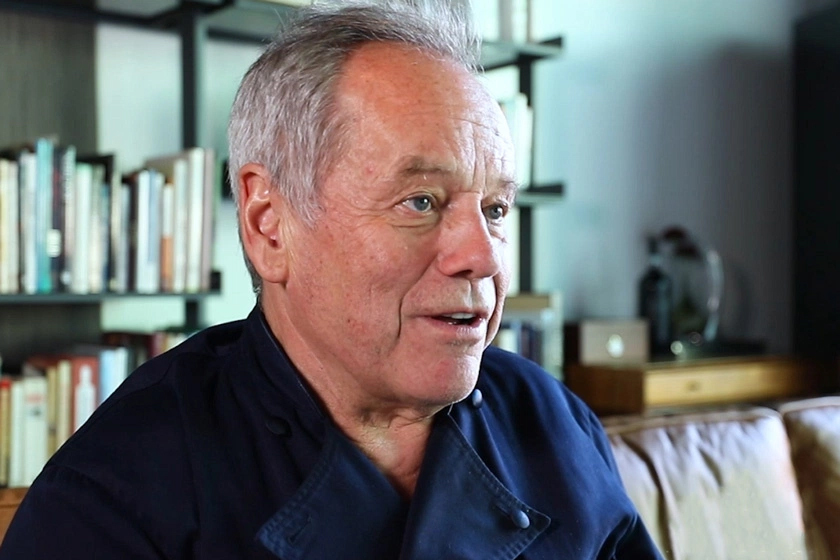 Wolfgang Puck
Wolfgang Puck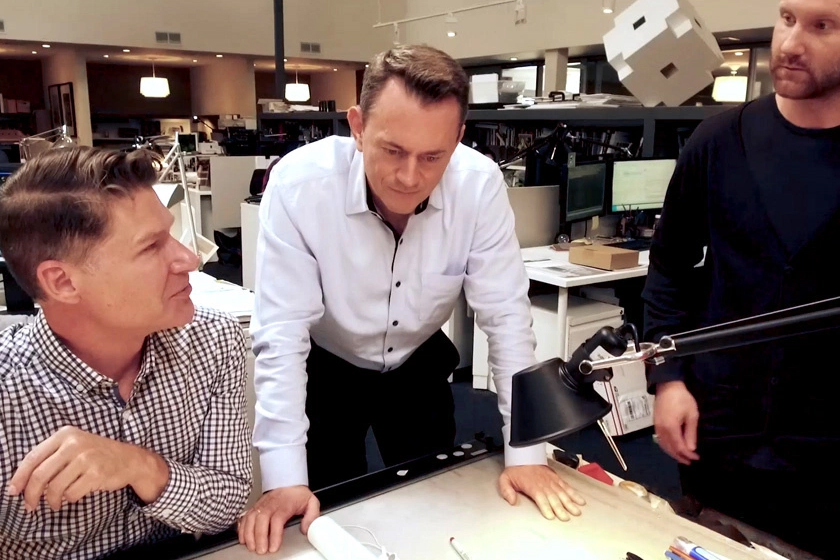 René Gross Kaerskov
René Gross Kaerskov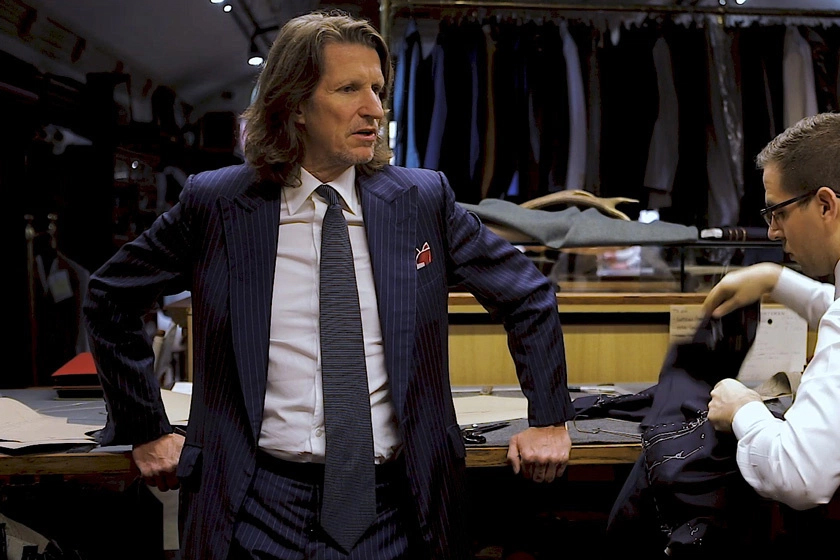 Pierre Lagrange
Pierre Lagrange Jessica McCormack
Jessica McCormack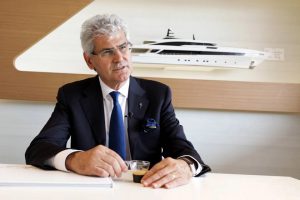 Vincenzo Poerio
Vincenzo Poerio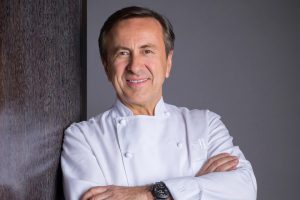 Daniel Boulud
Daniel Boulud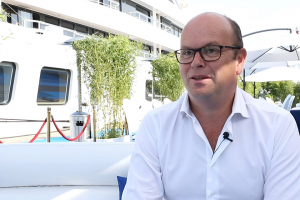 Jan-Bart Verkuyl
Jan-Bart Verkuyl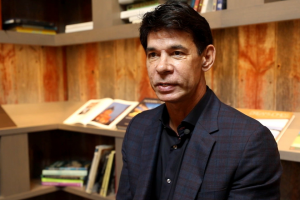 Richard Landry
Richard Landry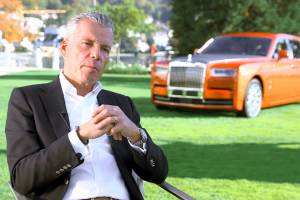 Torsten Müller-Ötvös
Torsten Müller-Ötvös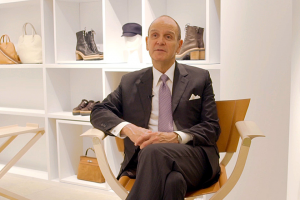 Robert Chavez
Robert Chavez
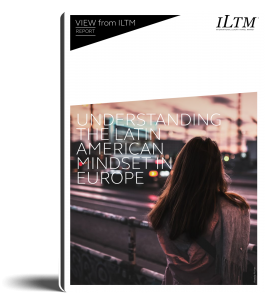

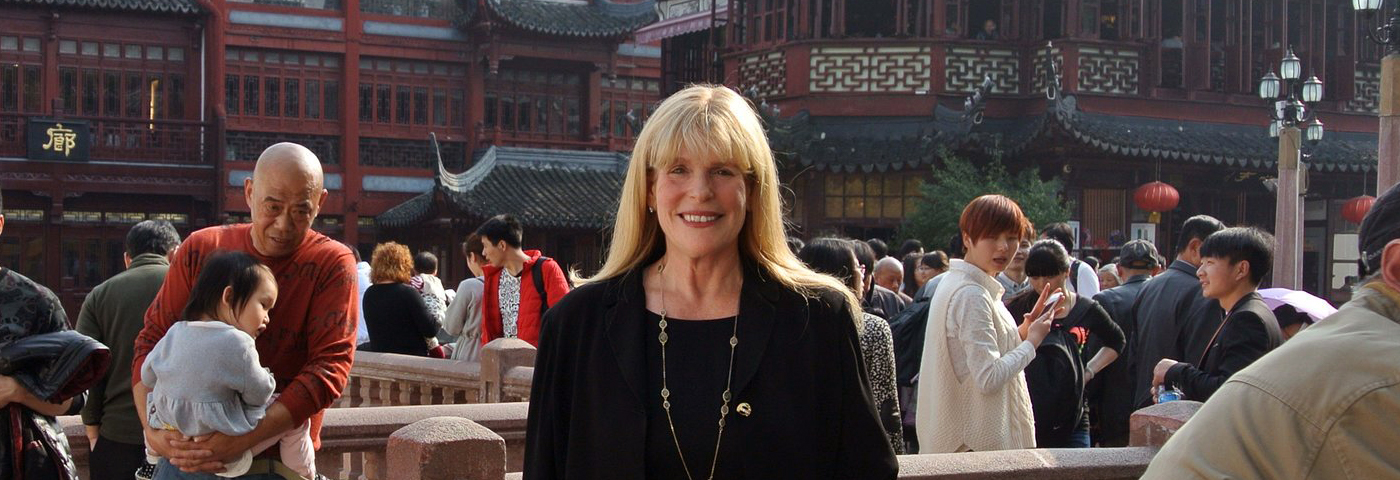
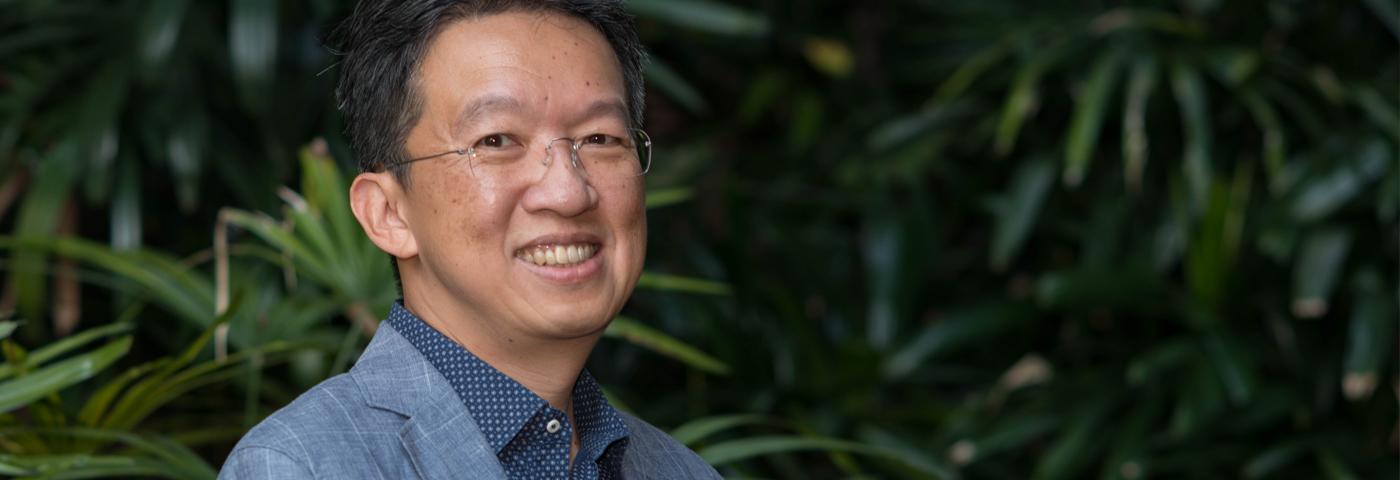
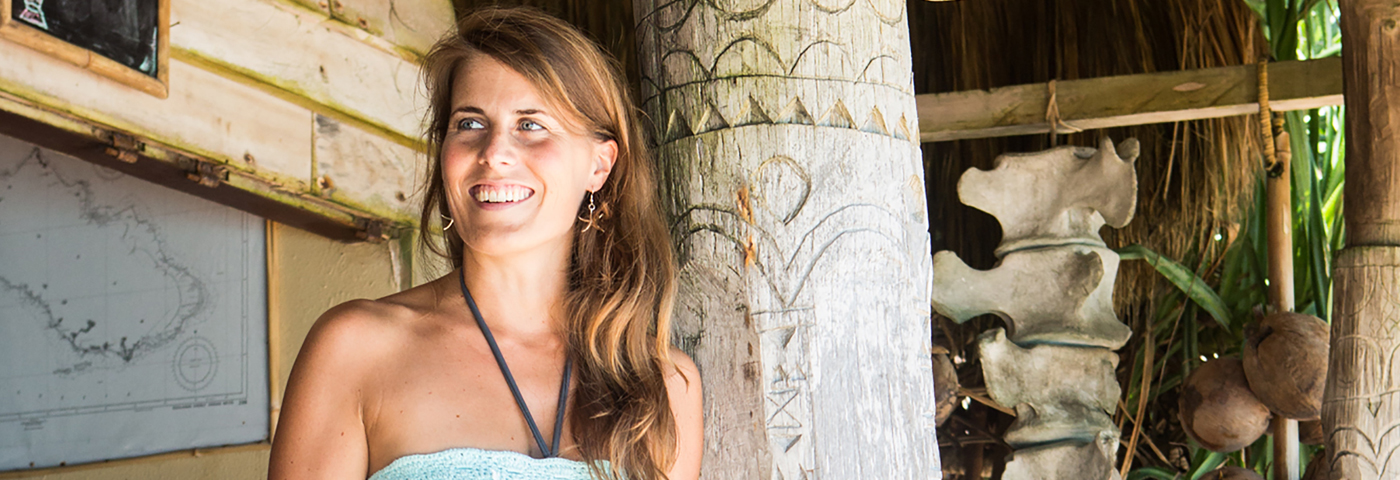


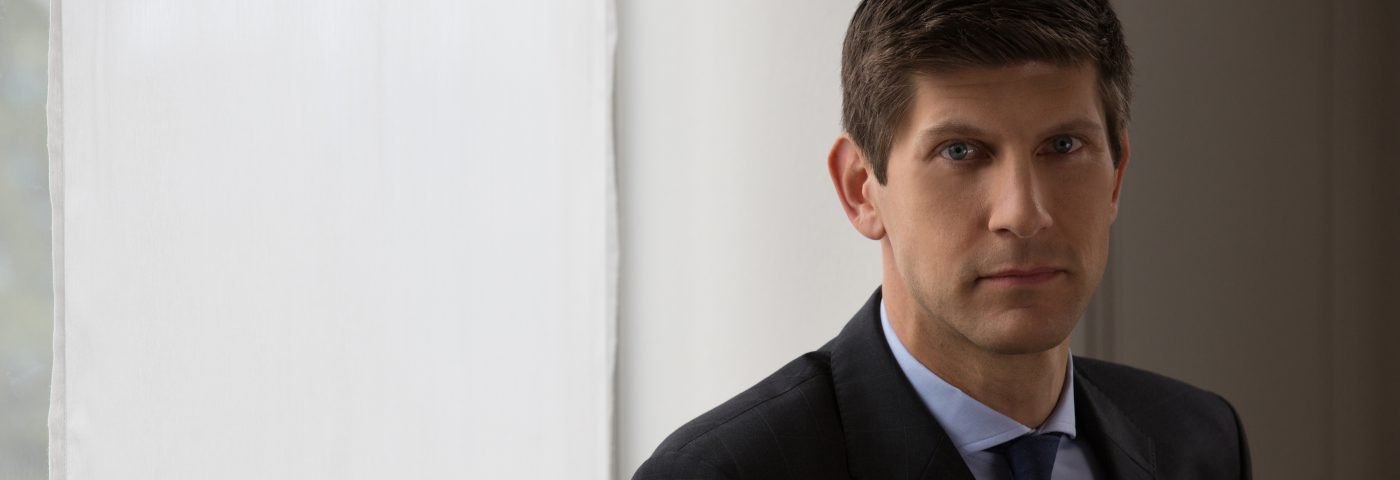


 Nobu Hotels
Nobu Hotels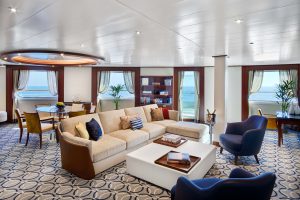

 Sydell Group
Sydell Group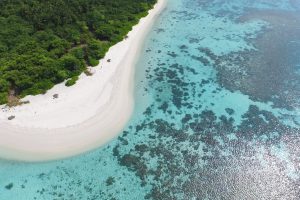 Joali
Joali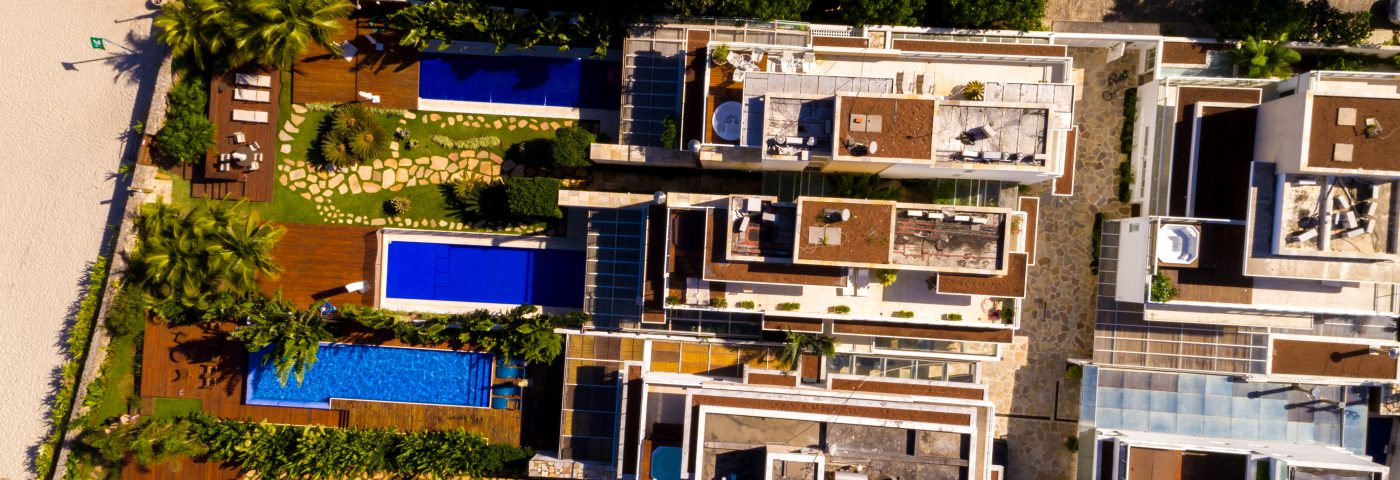
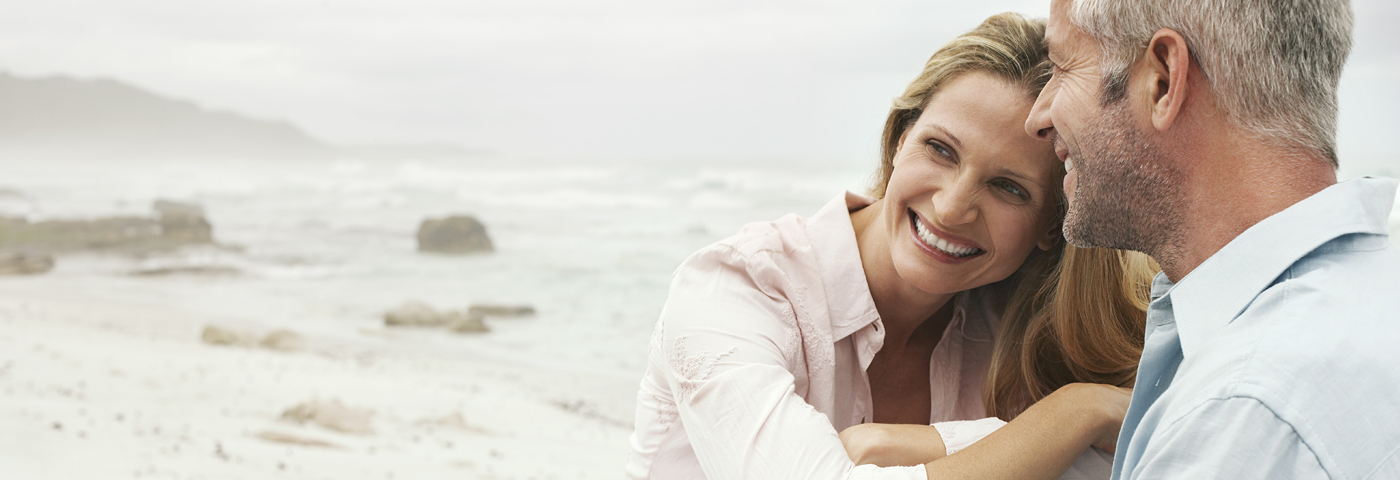
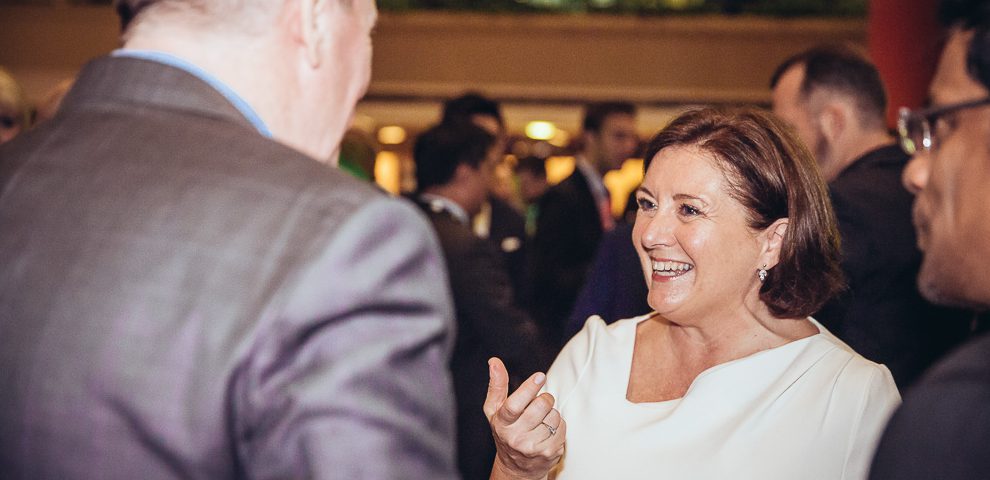
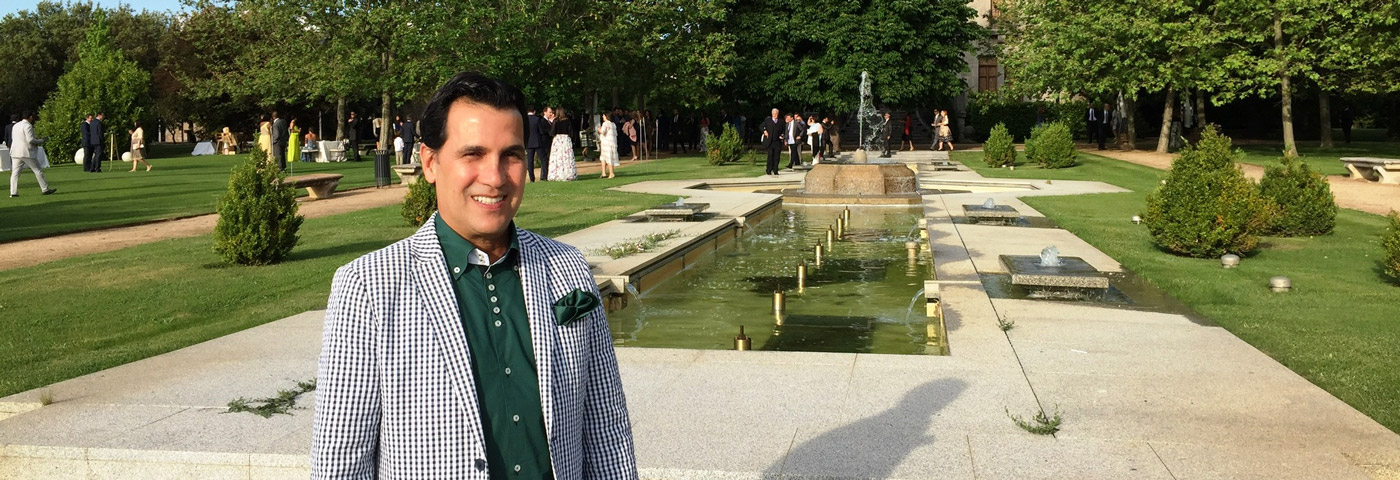

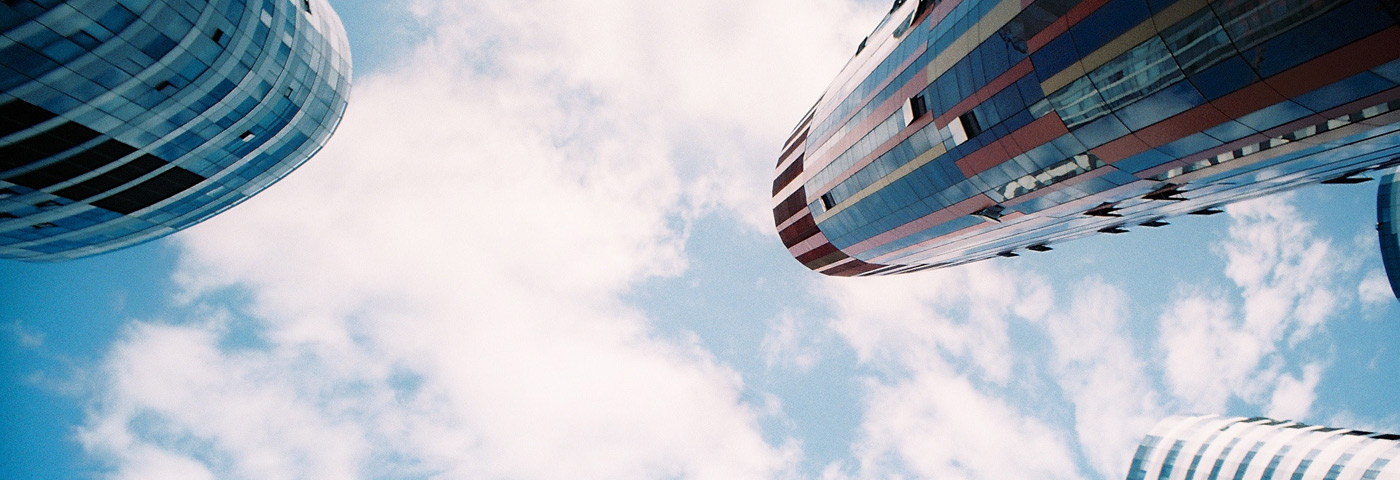
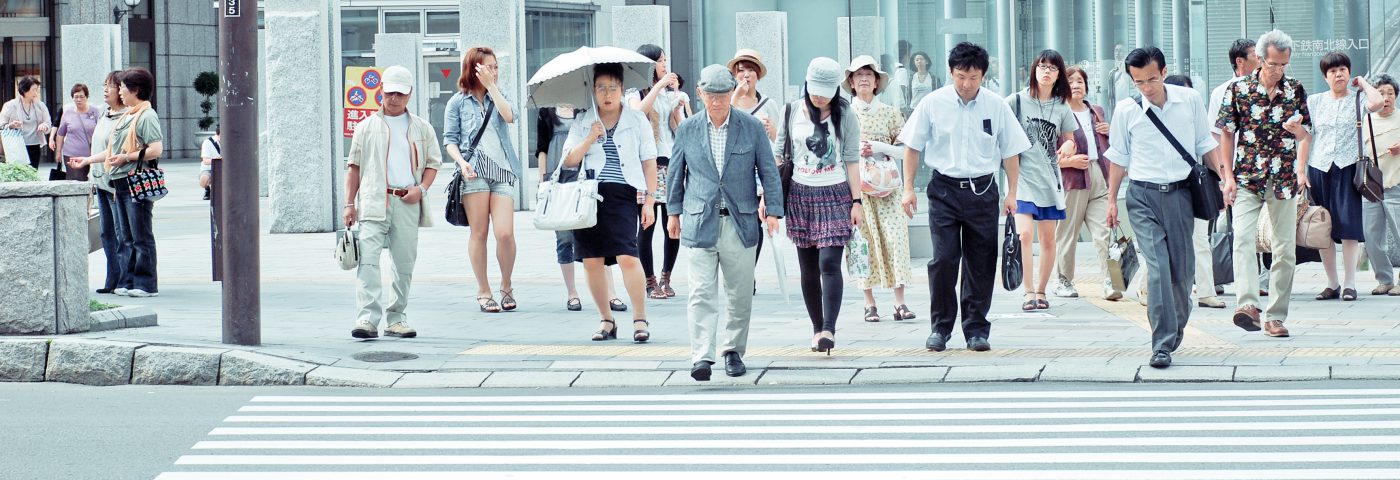



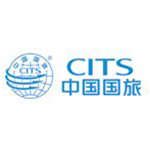

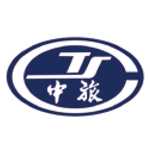
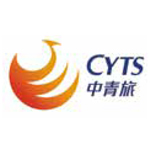
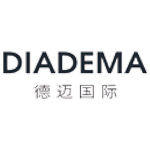
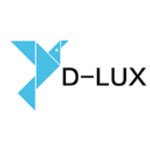
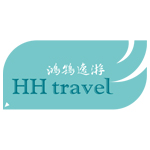
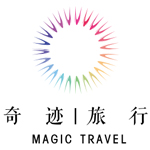


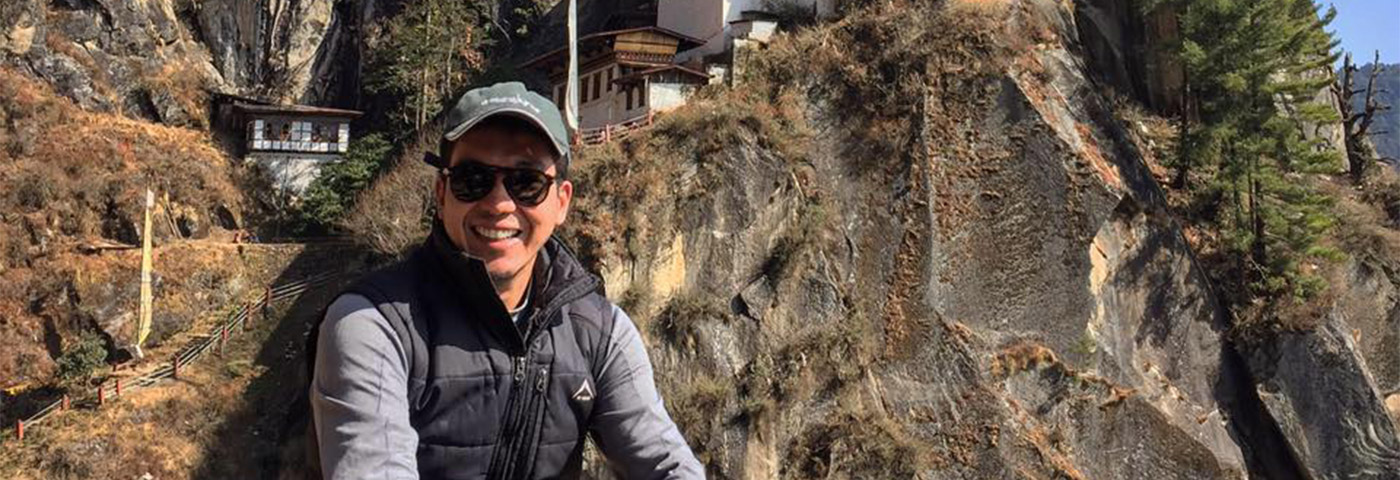

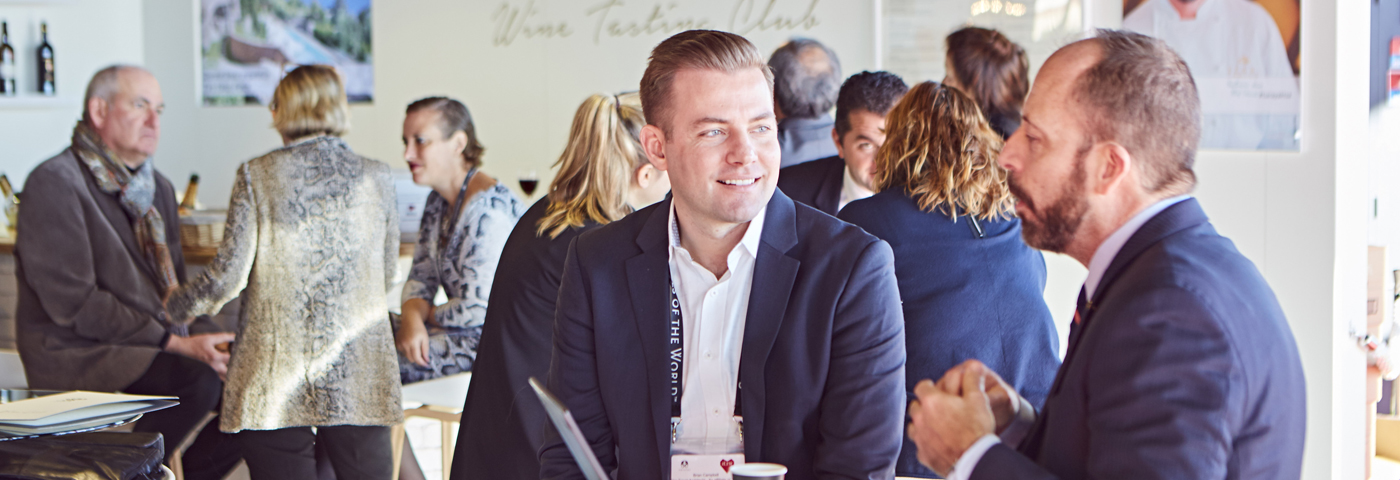
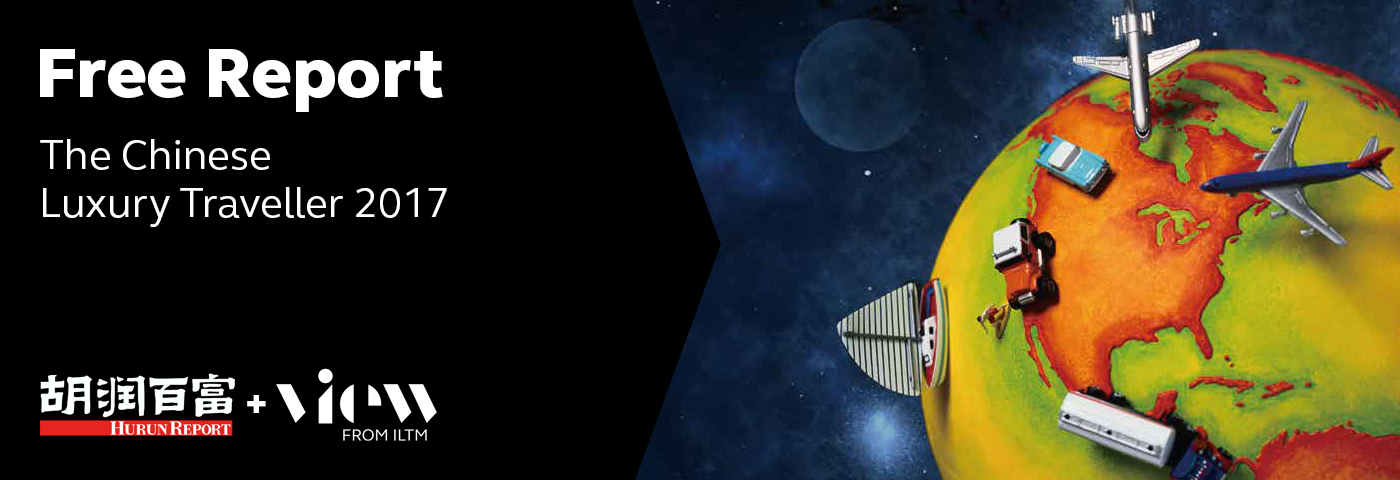
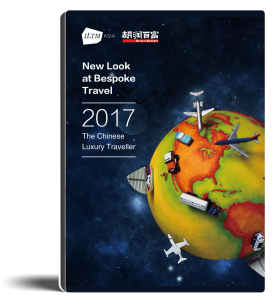
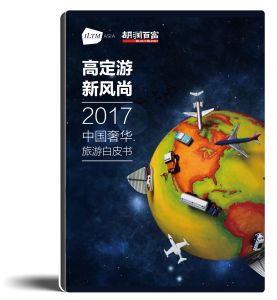

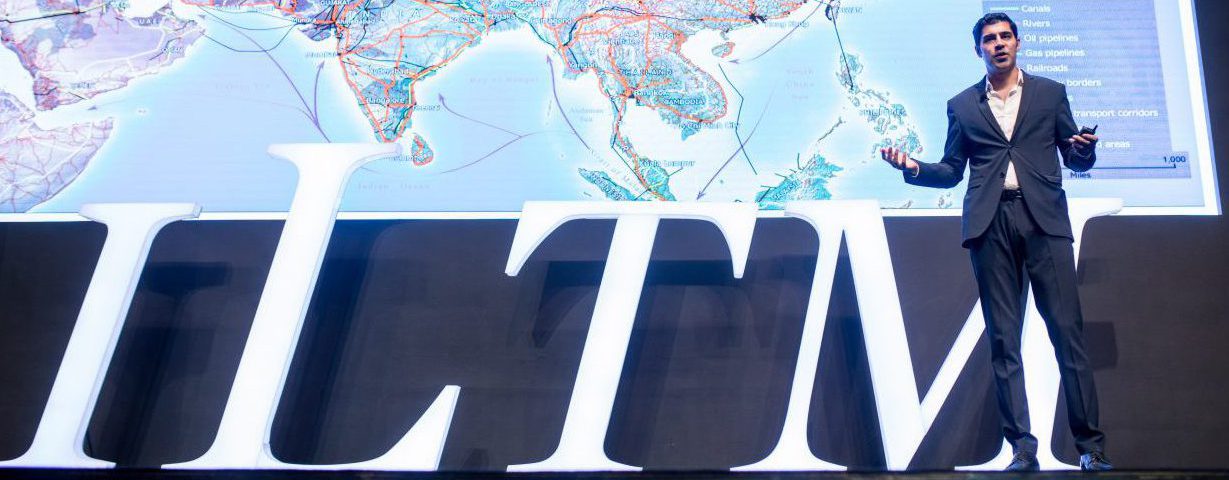

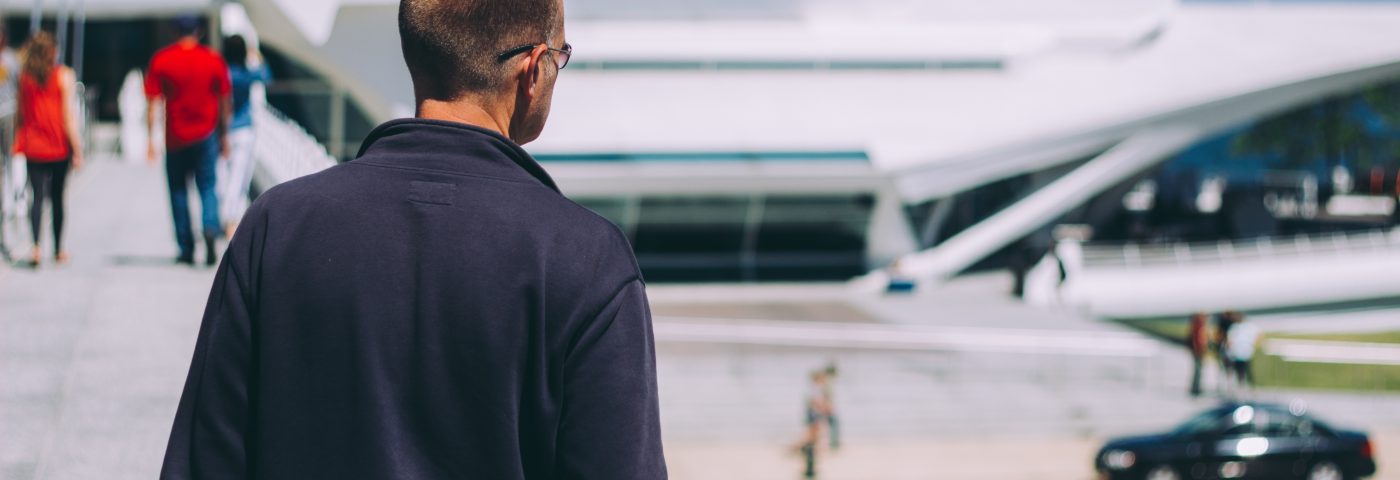
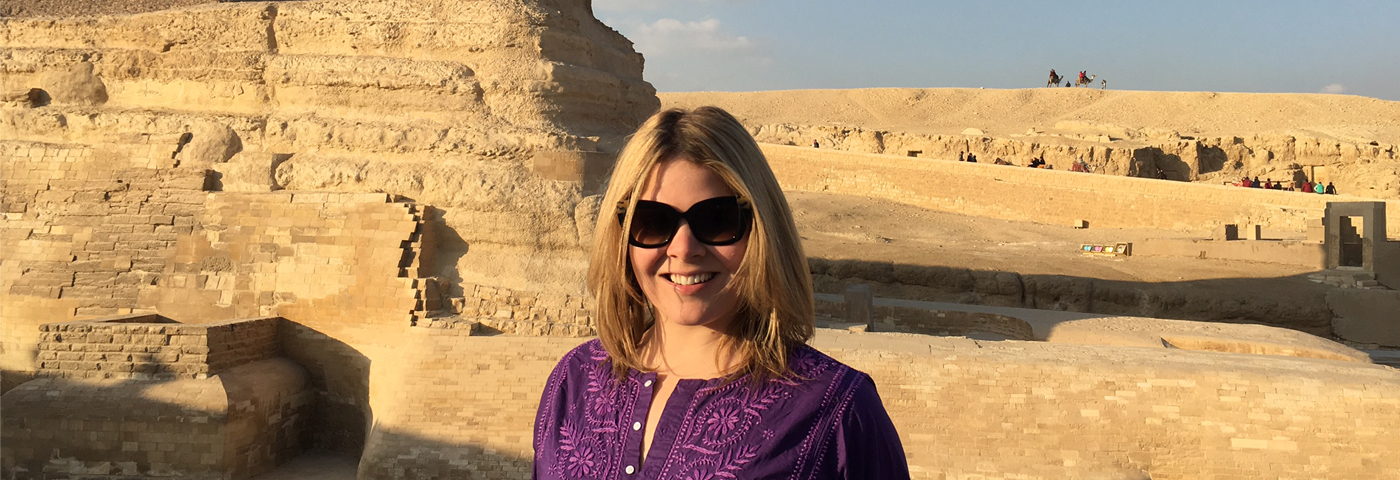
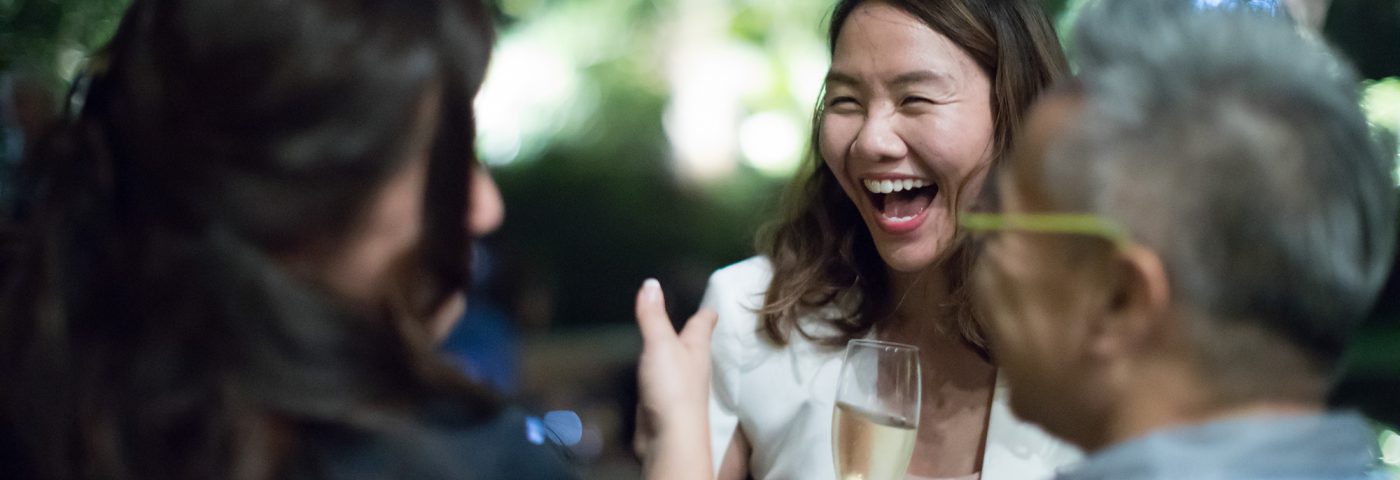
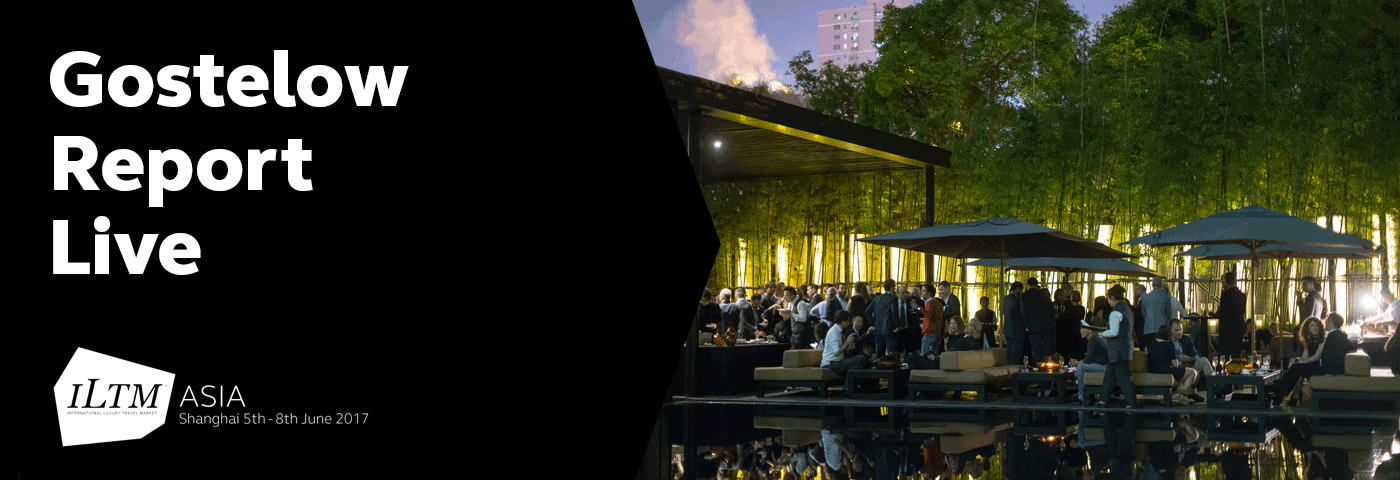
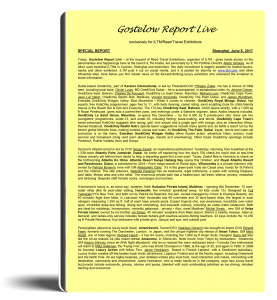
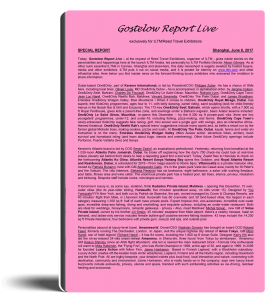
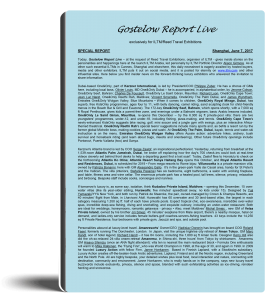
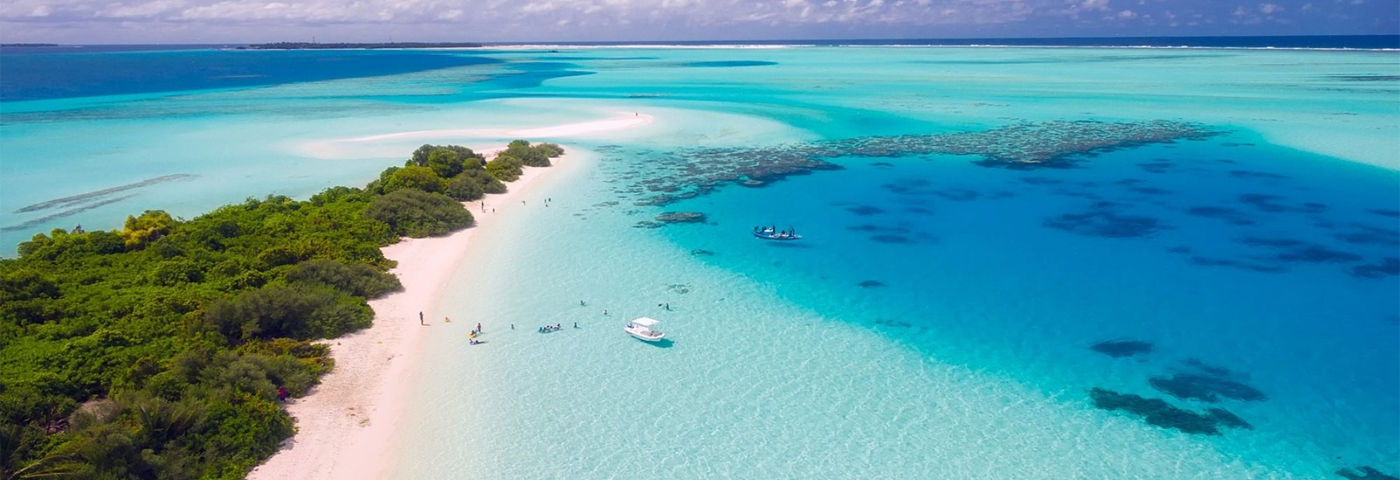
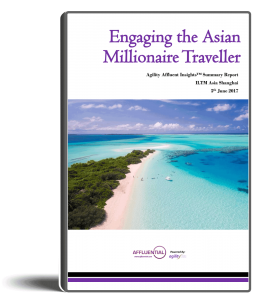
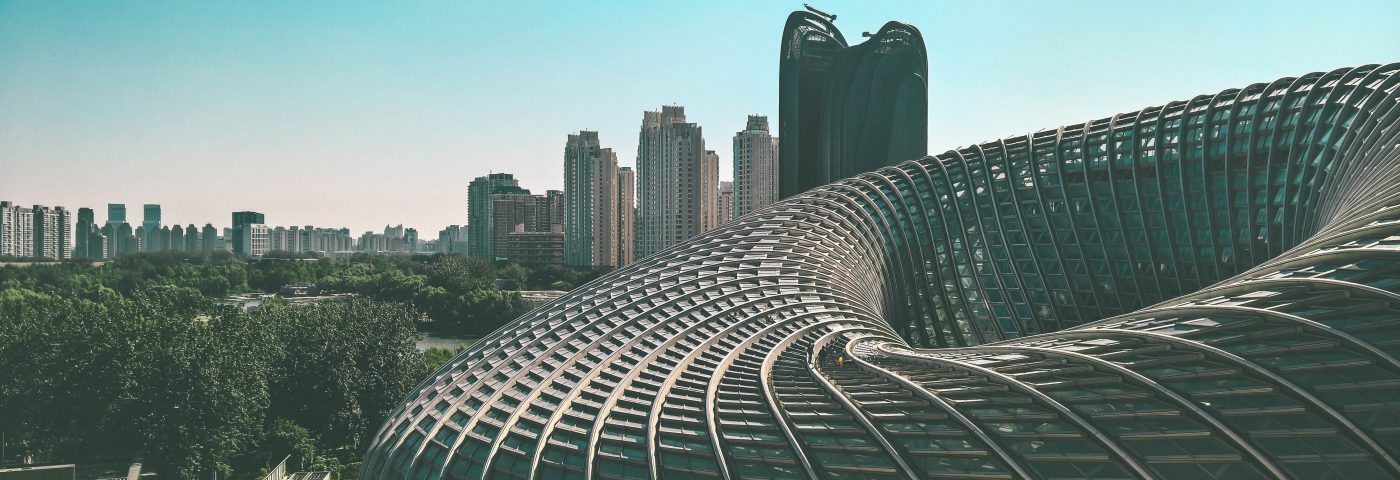
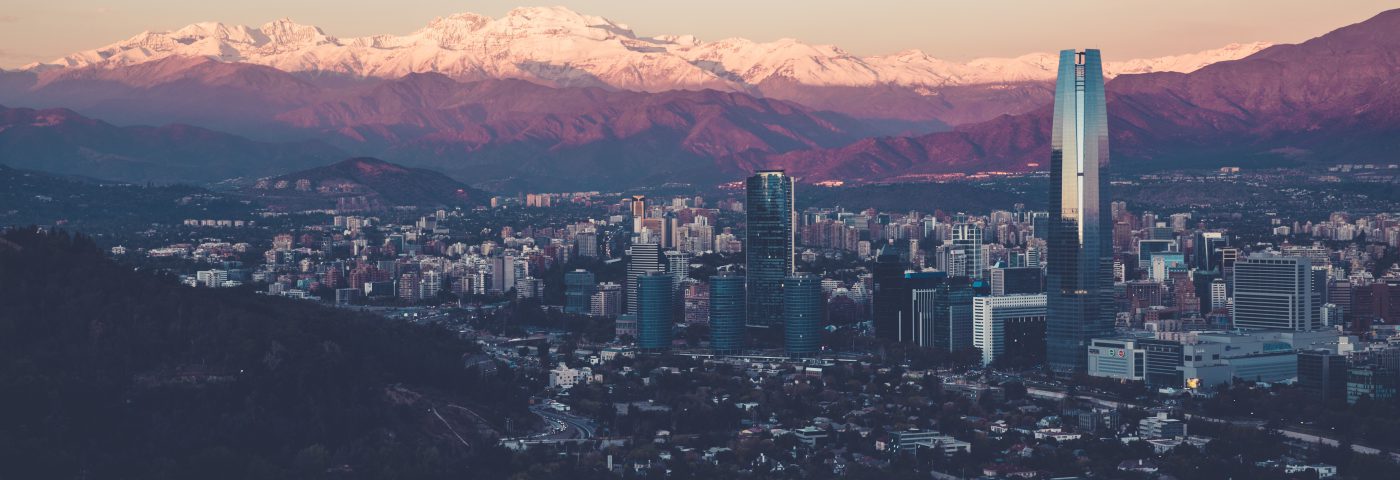
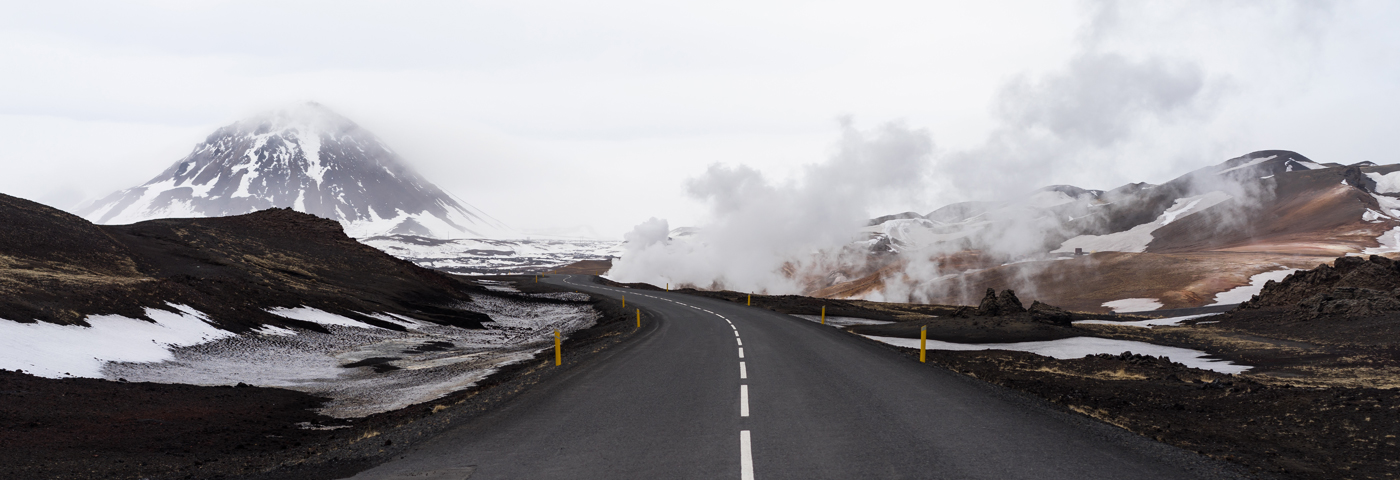
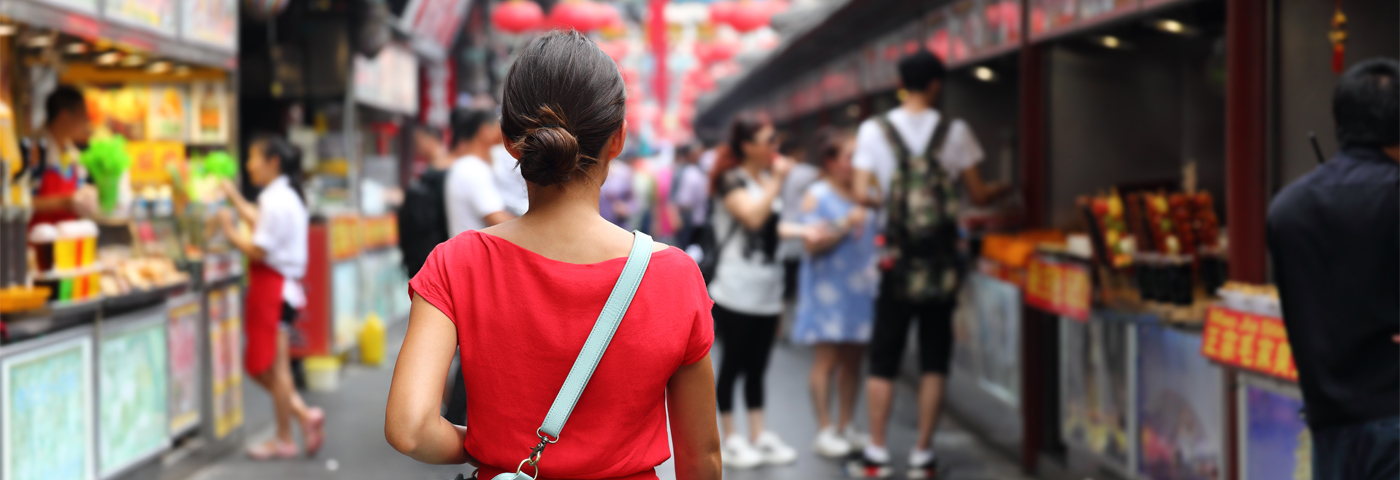
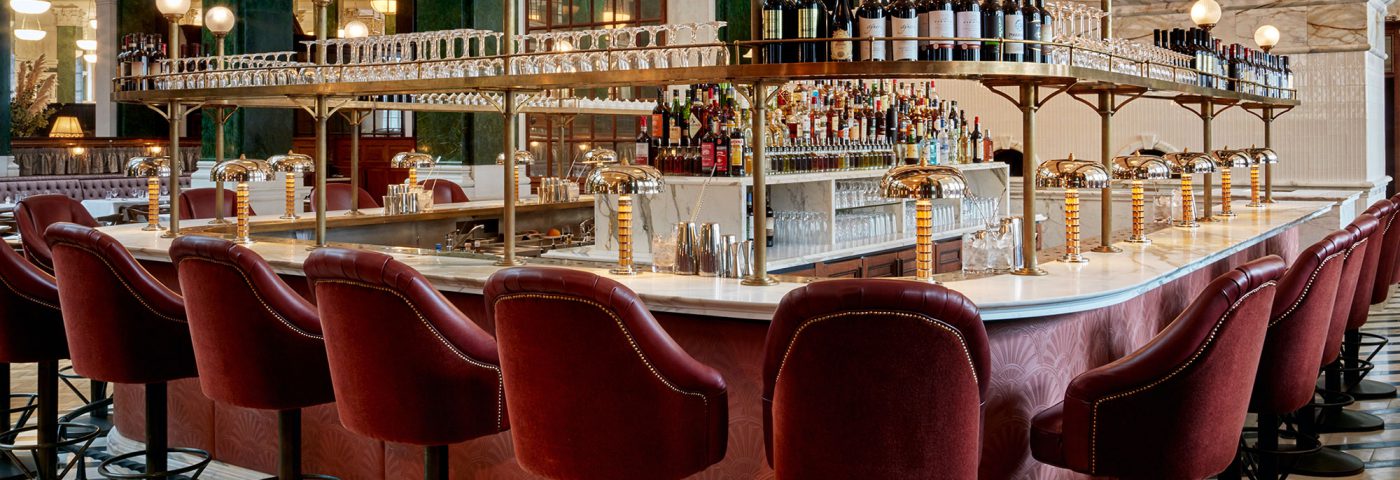
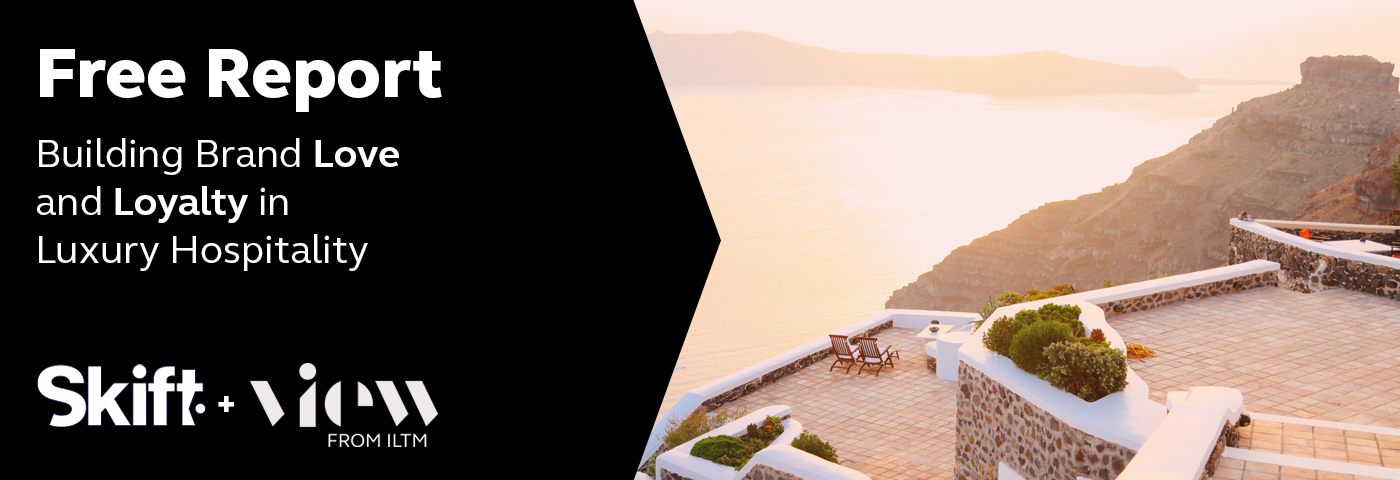
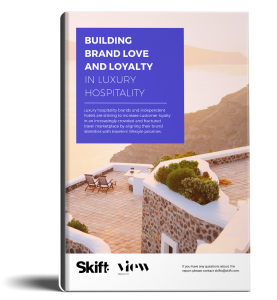

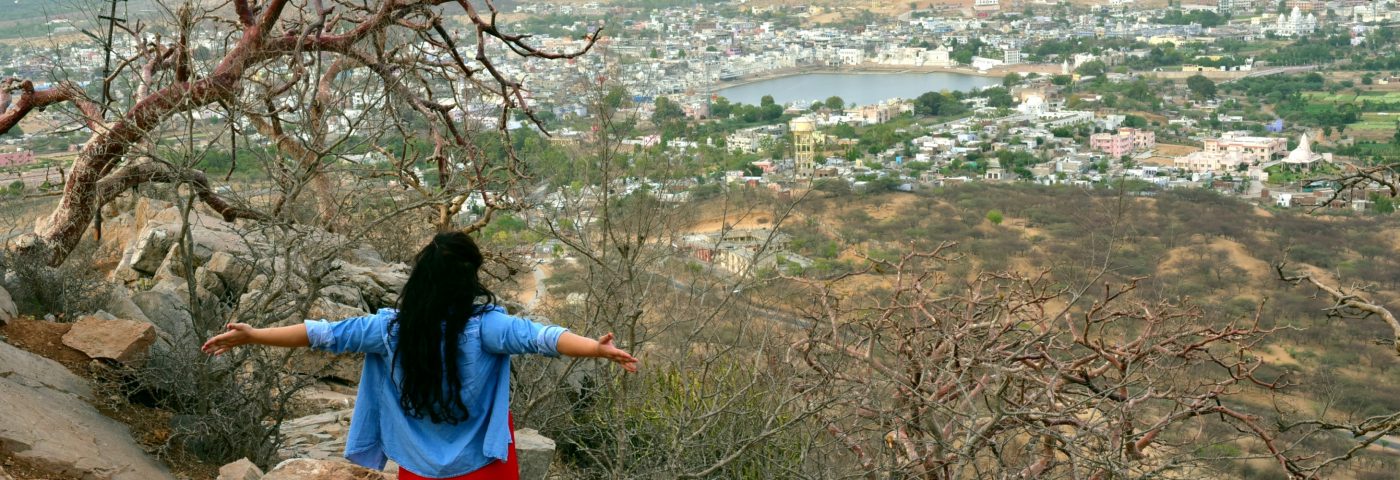

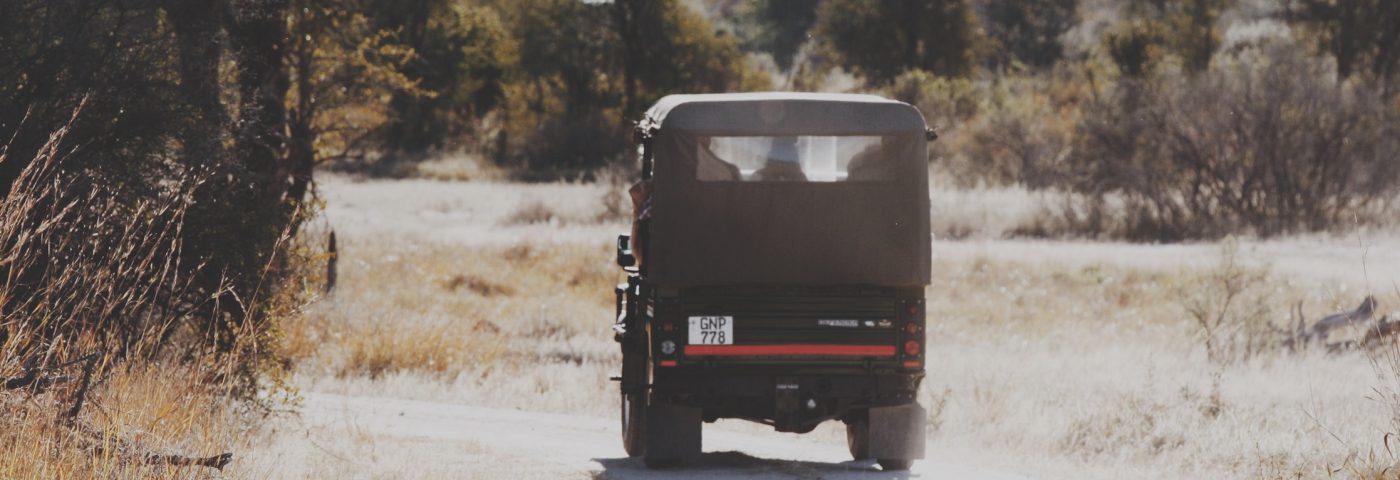
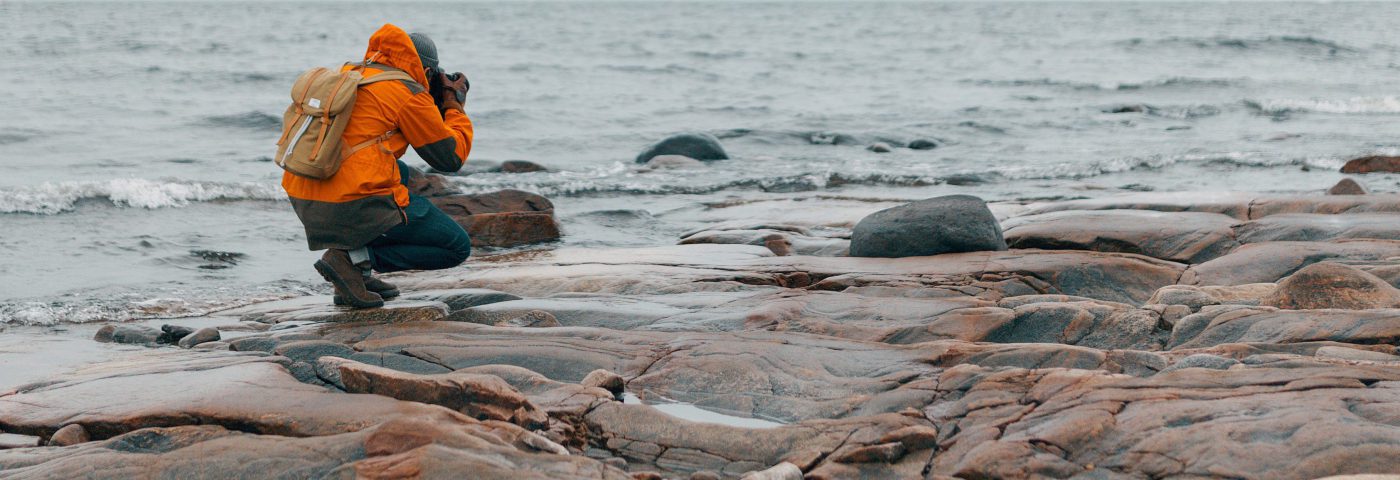
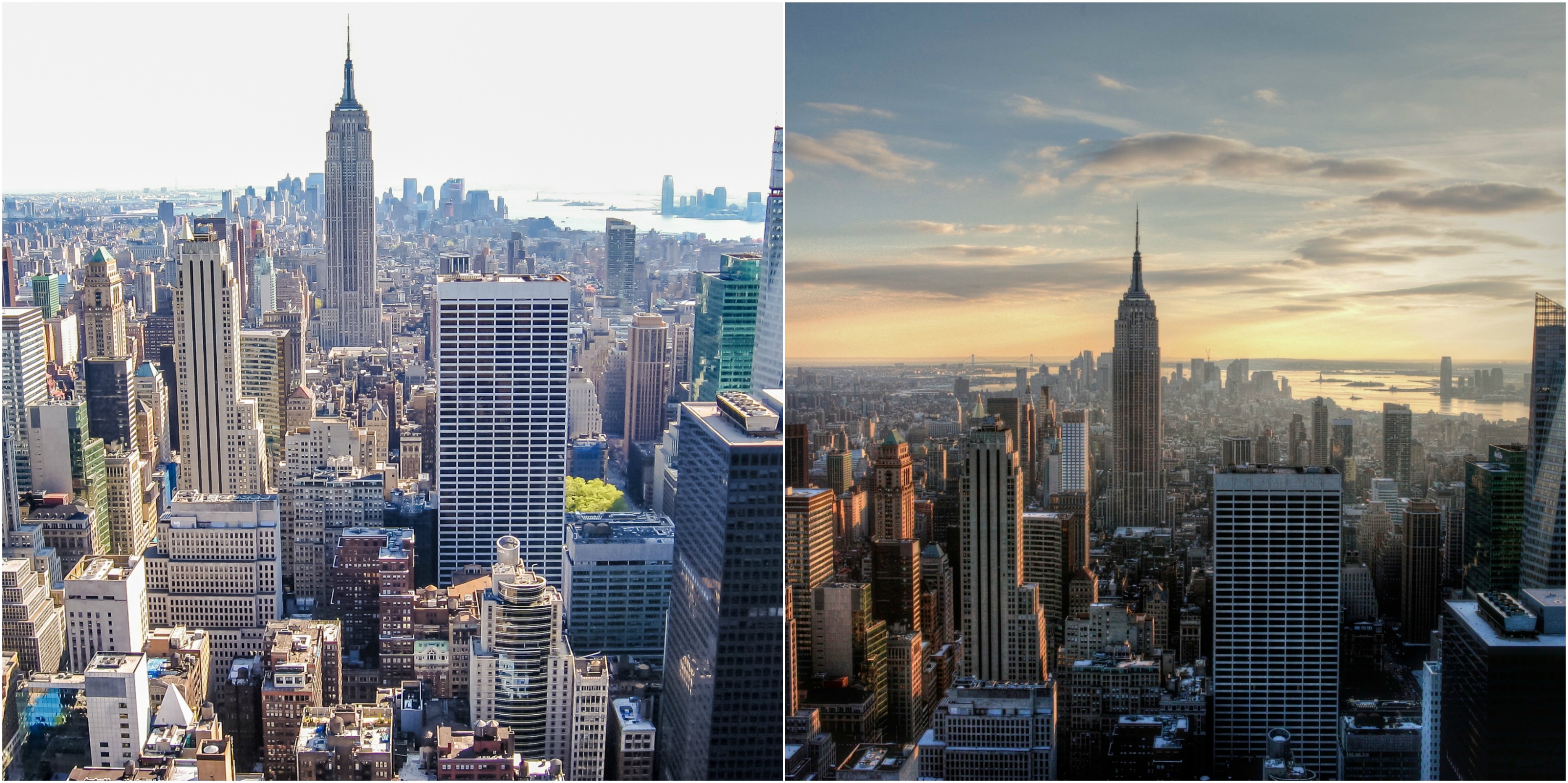
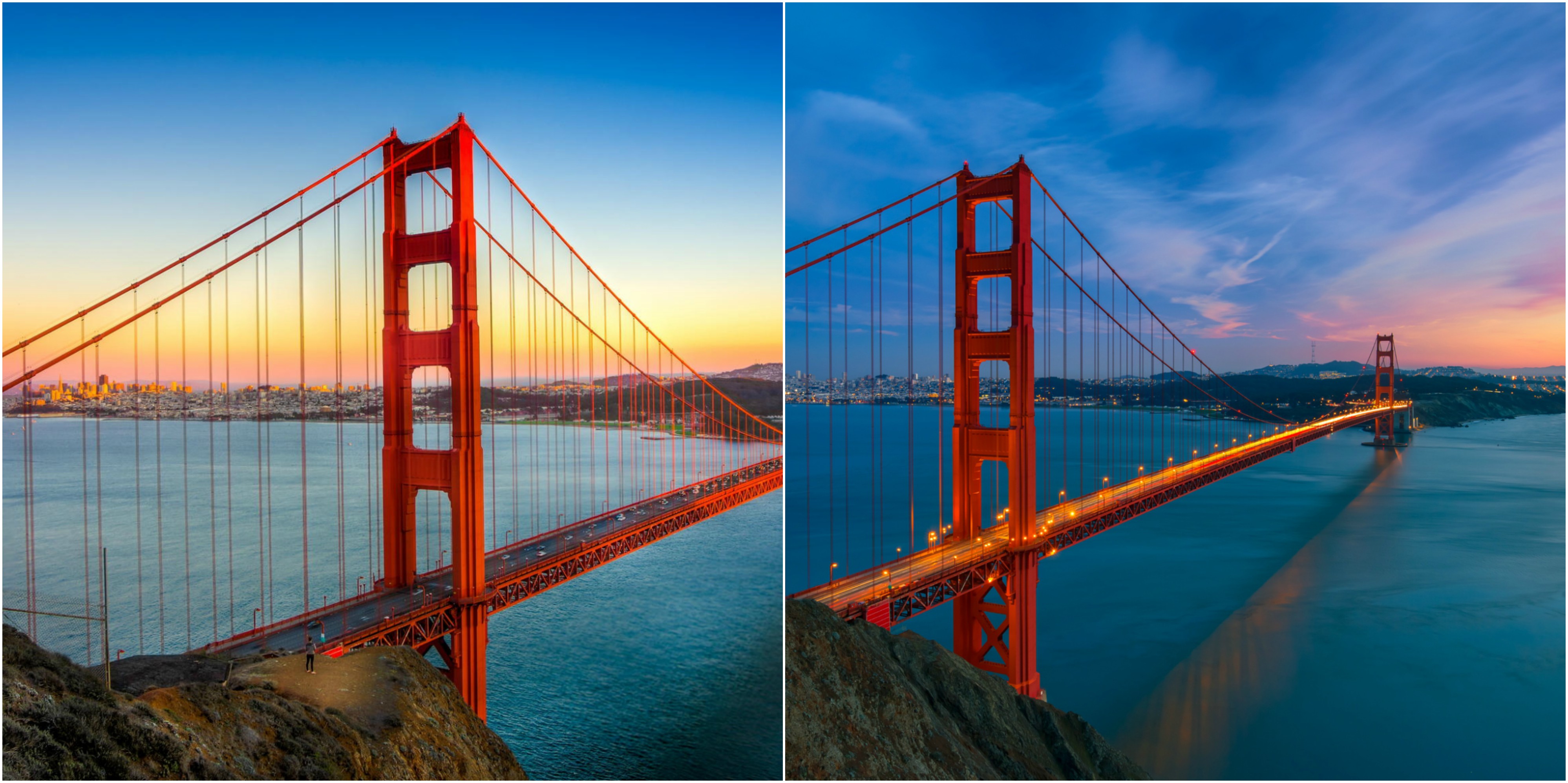
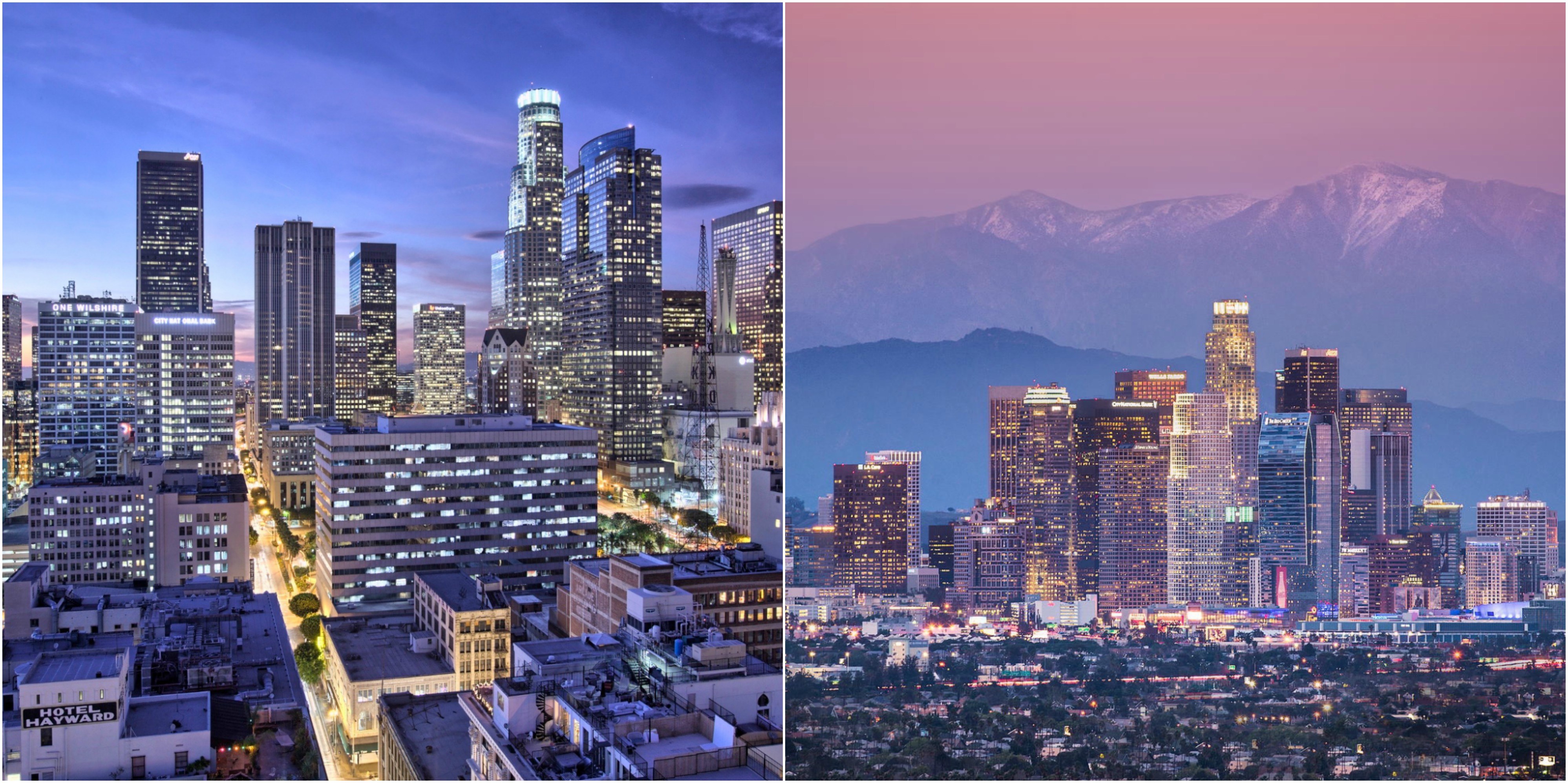
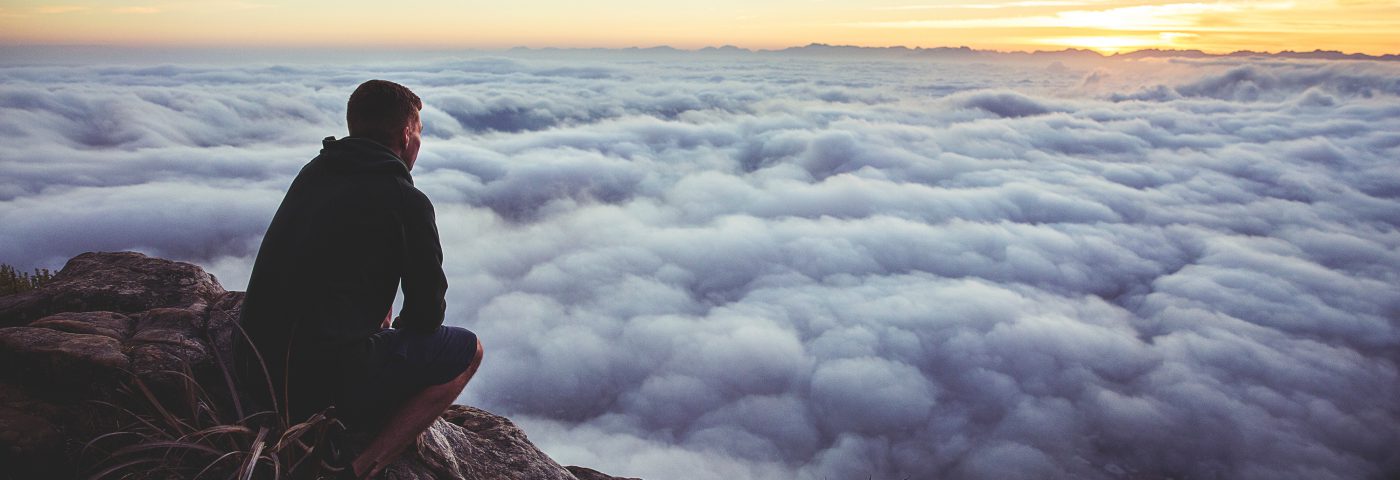

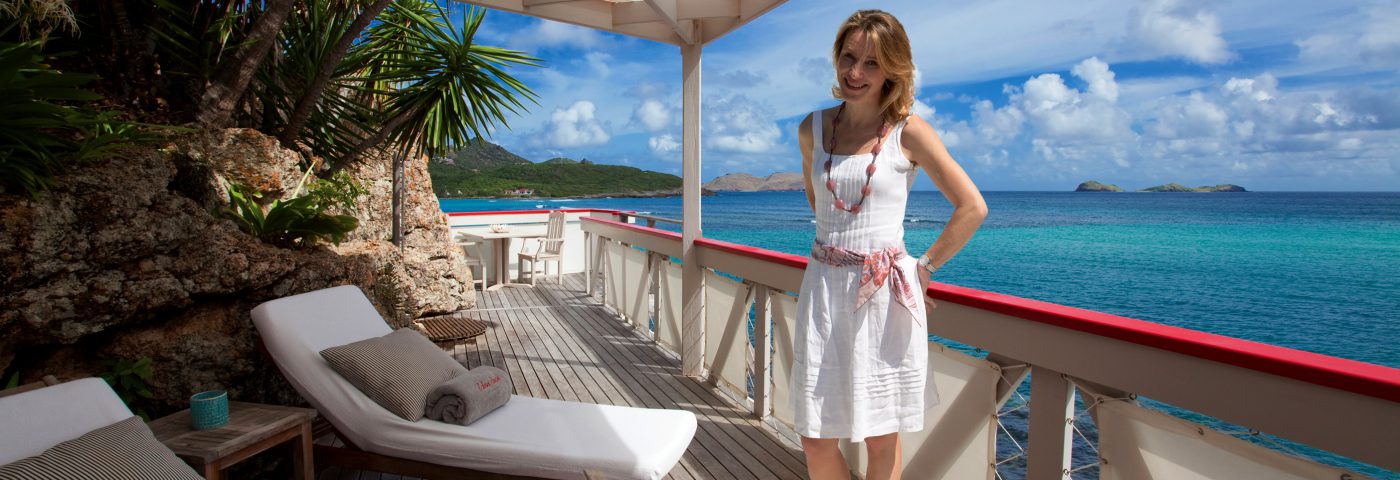
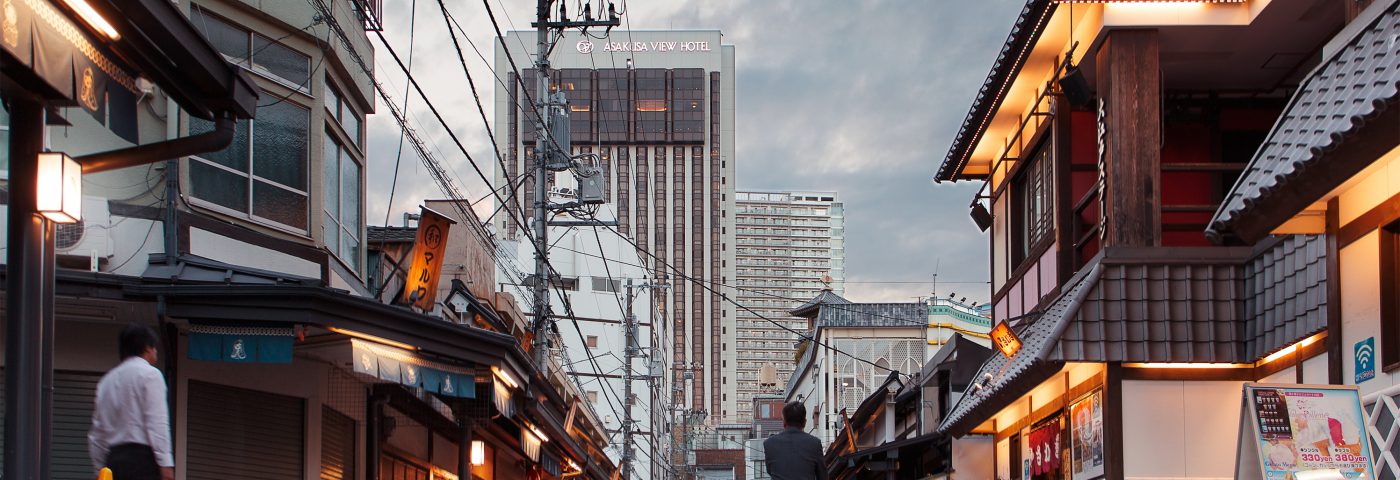
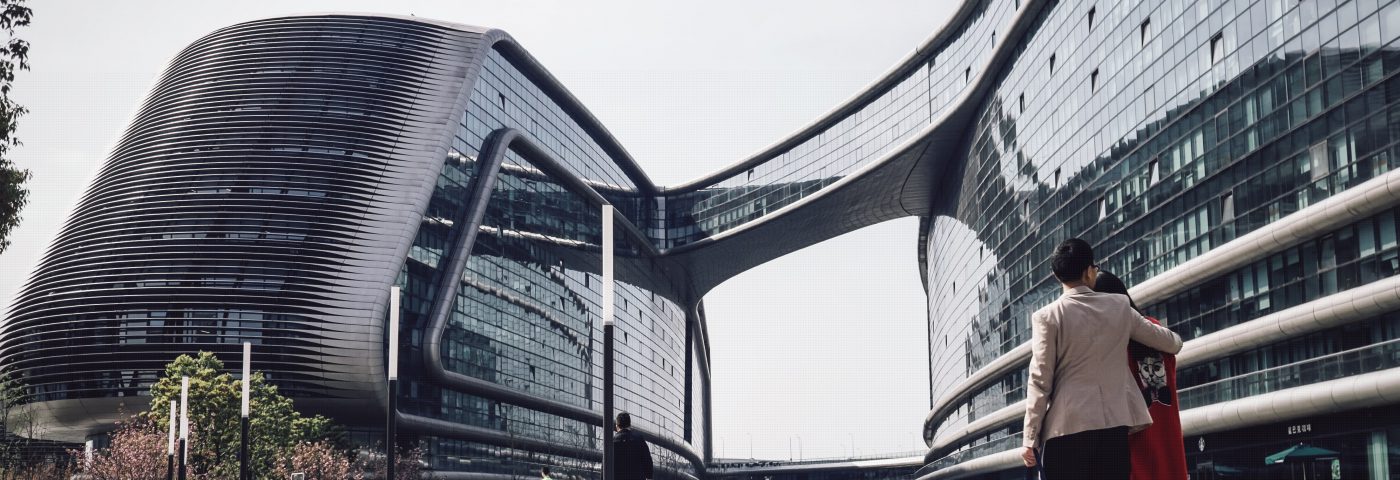
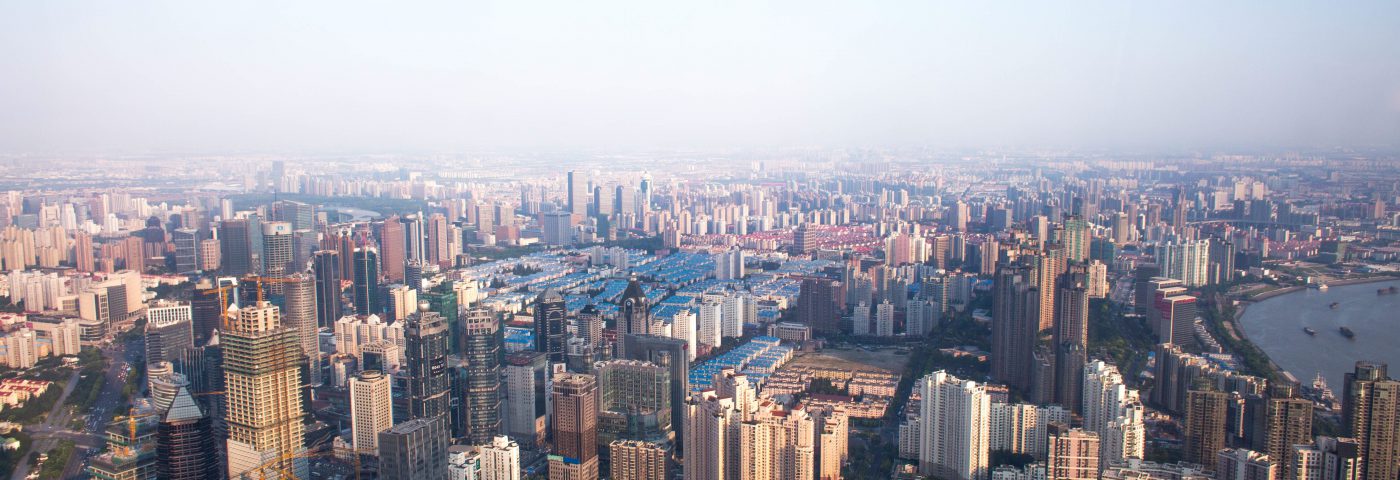
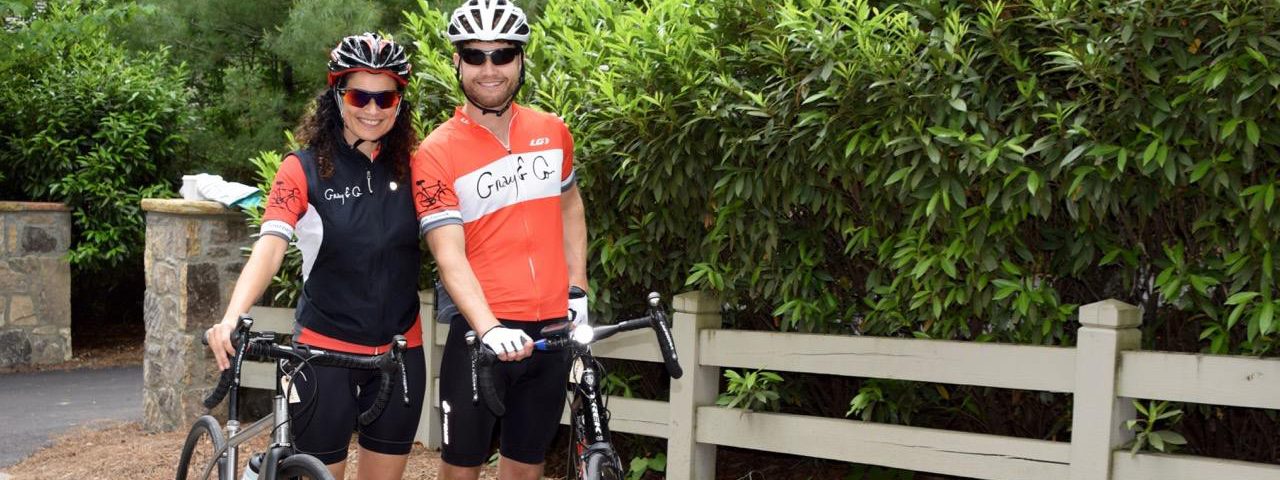
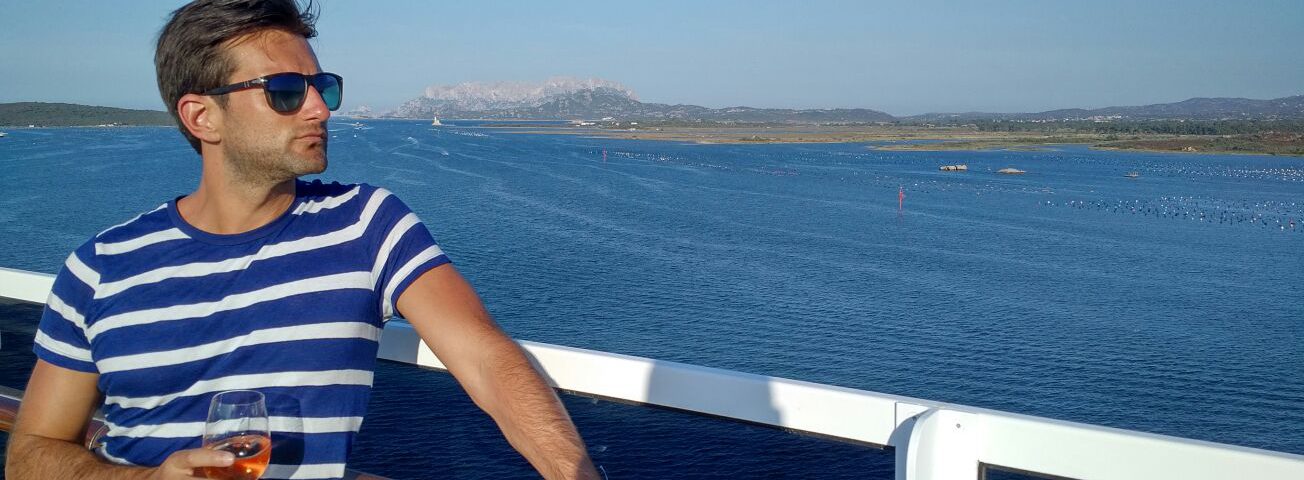
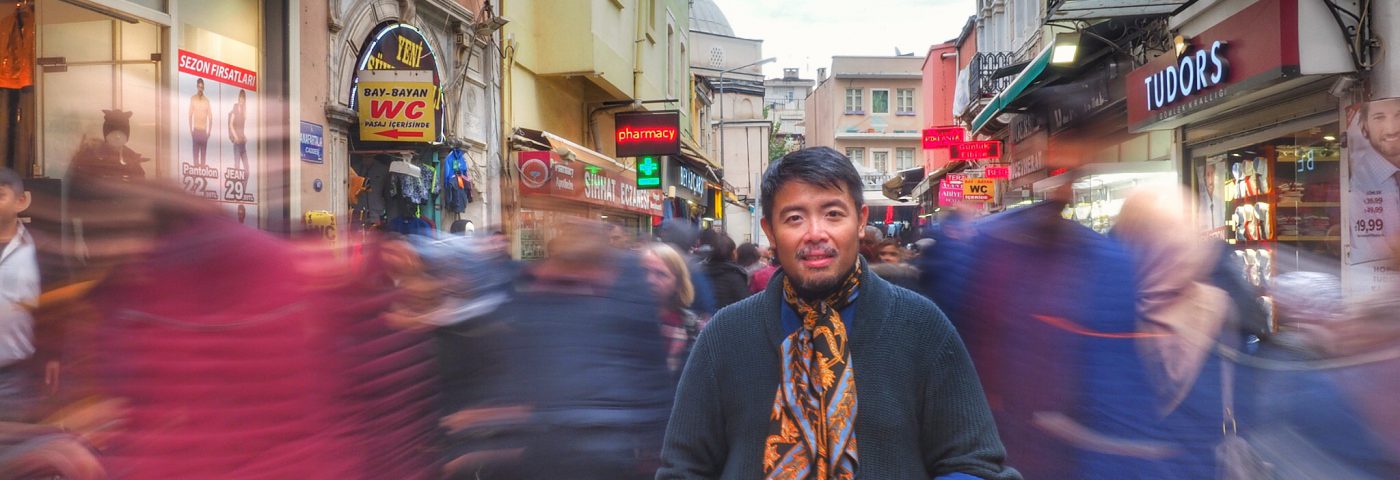



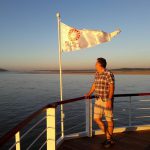 I got into travel the long way around. My journalism career began with financial writing (thanks, Economics BA!) and gradually shifted into lifestyle and eventually—during a three-year sojourn in Bali—travel writing. But travel has been a passion for me for as long as I can remember. It just took me a while to realize I could make a career out of it too.
I got into travel the long way around. My journalism career began with financial writing (thanks, Economics BA!) and gradually shifted into lifestyle and eventually—during a three-year sojourn in Bali—travel writing. But travel has been a passion for me for as long as I can remember. It just took me a while to realize I could make a career out of it too.










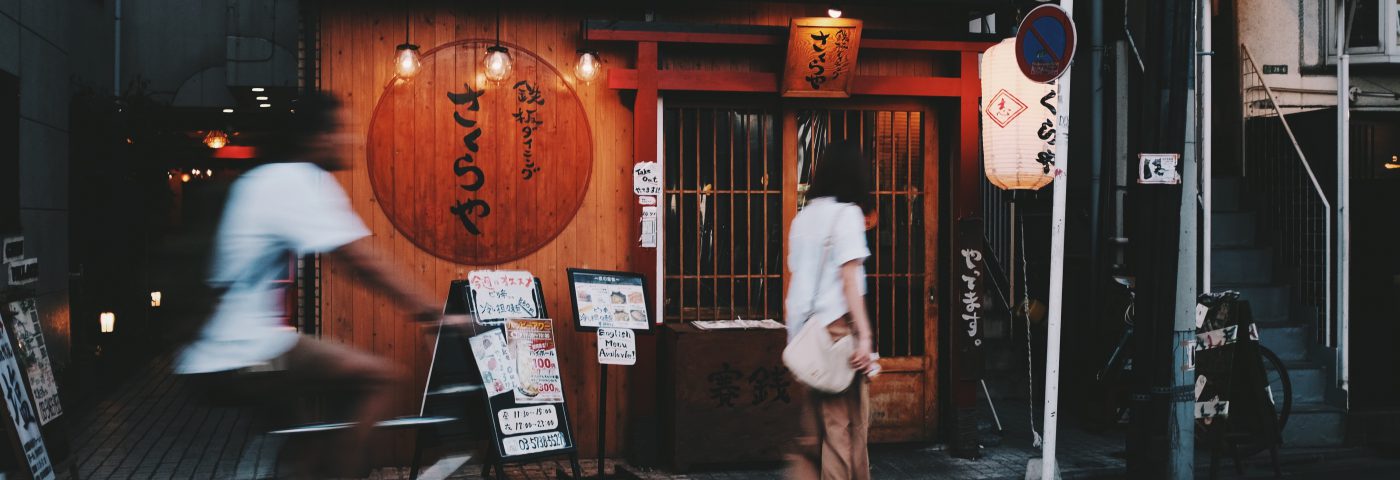
 destinations – think the likes of Bhutan, Ireland, Galapagos Islands, and Antarctica. But, while there is still a lot of flash, there is less splash. They want more value out of their travel dollar; there is less of the free-wheeling spending seen years ago and they’re no longer content to leave the decision-making process simply to the experts.
destinations – think the likes of Bhutan, Ireland, Galapagos Islands, and Antarctica. But, while there is still a lot of flash, there is less splash. They want more value out of their travel dollar; there is less of the free-wheeling spending seen years ago and they’re no longer content to leave the decision-making process simply to the experts.